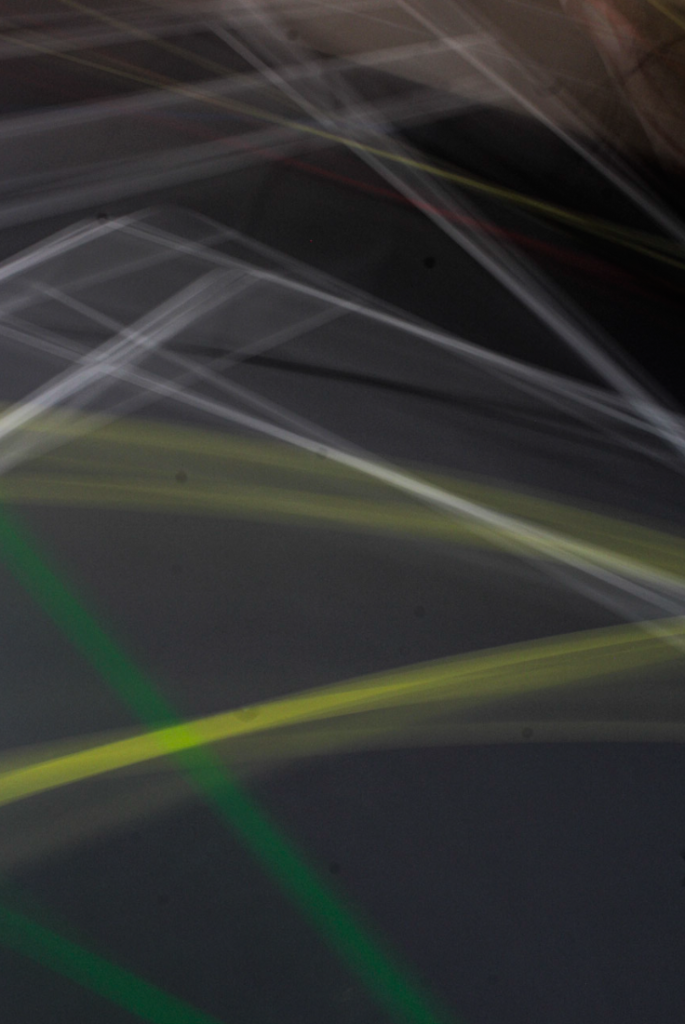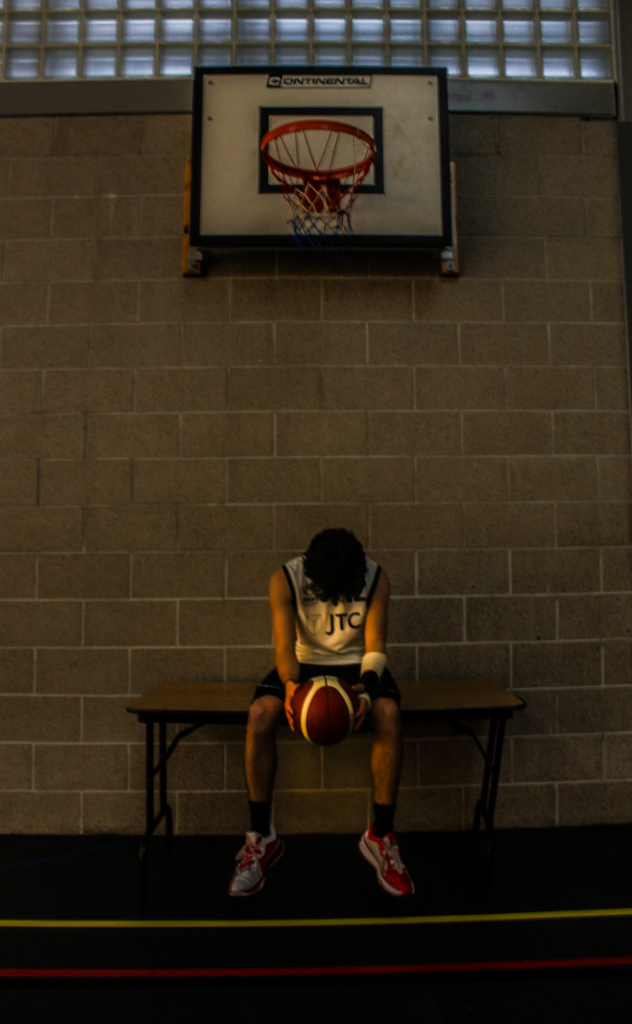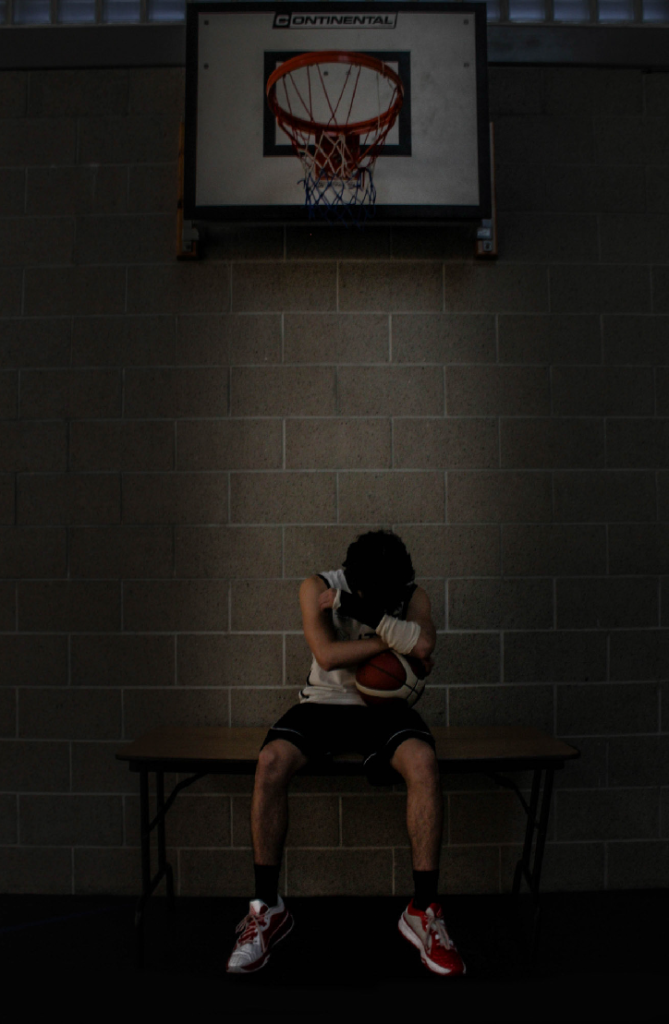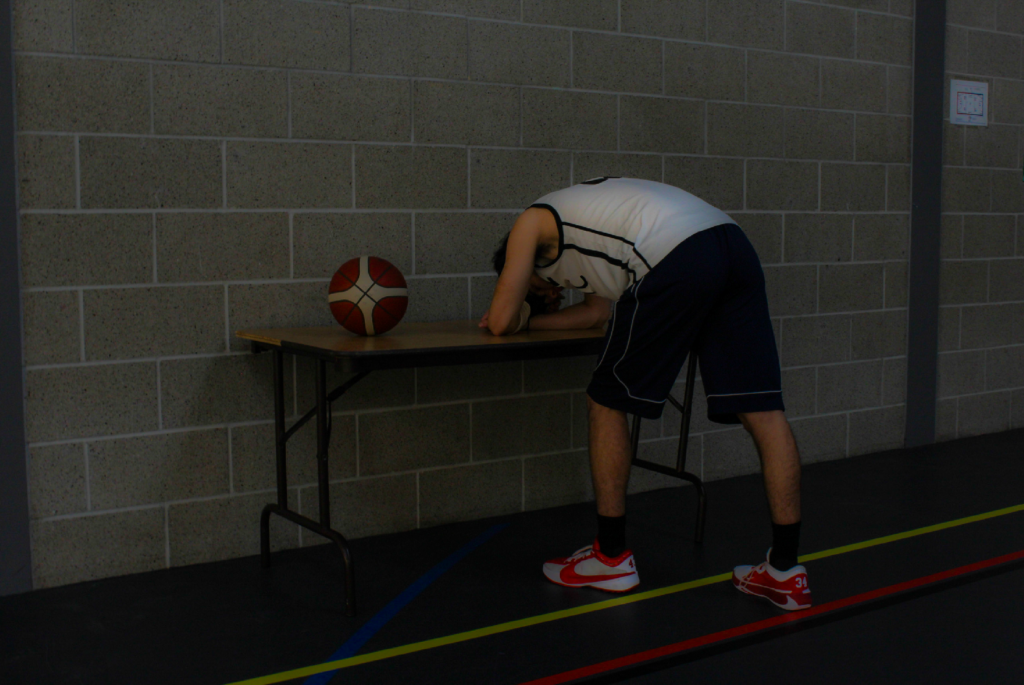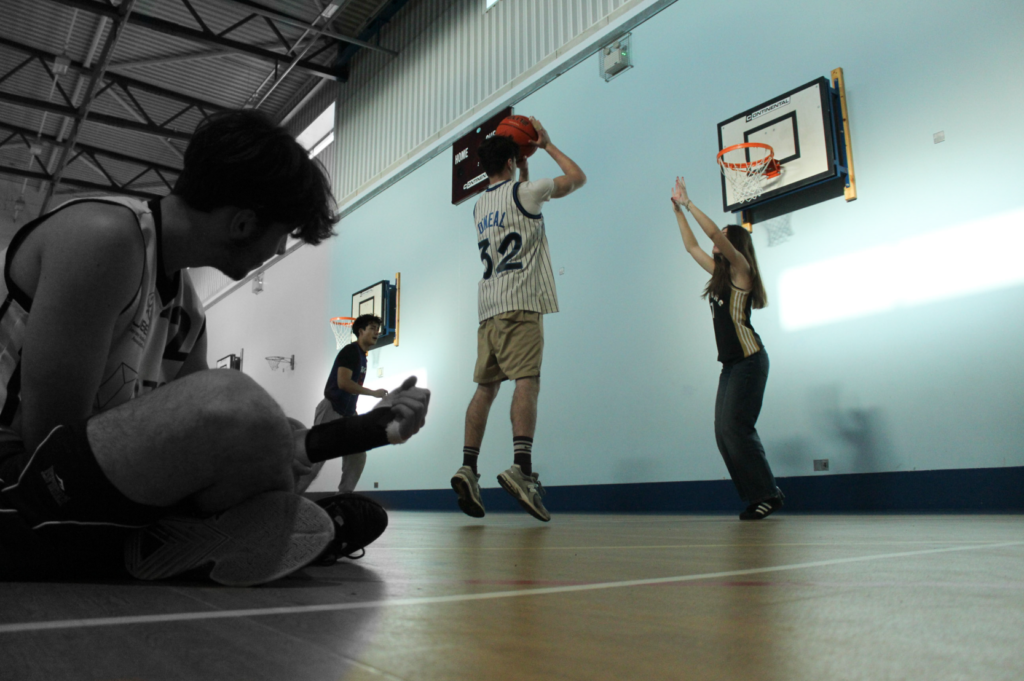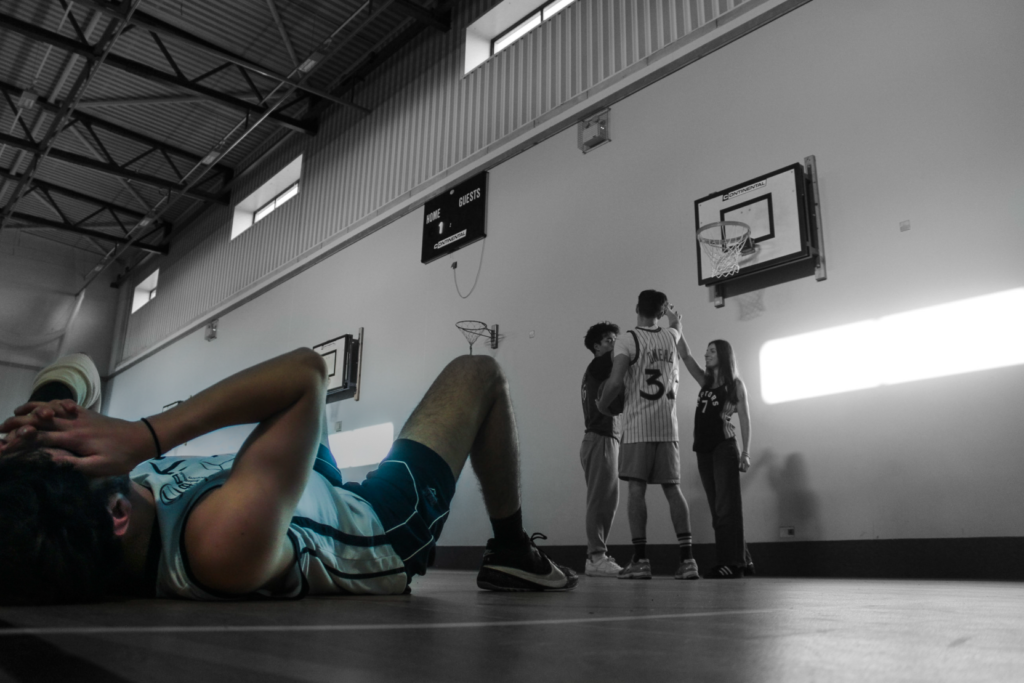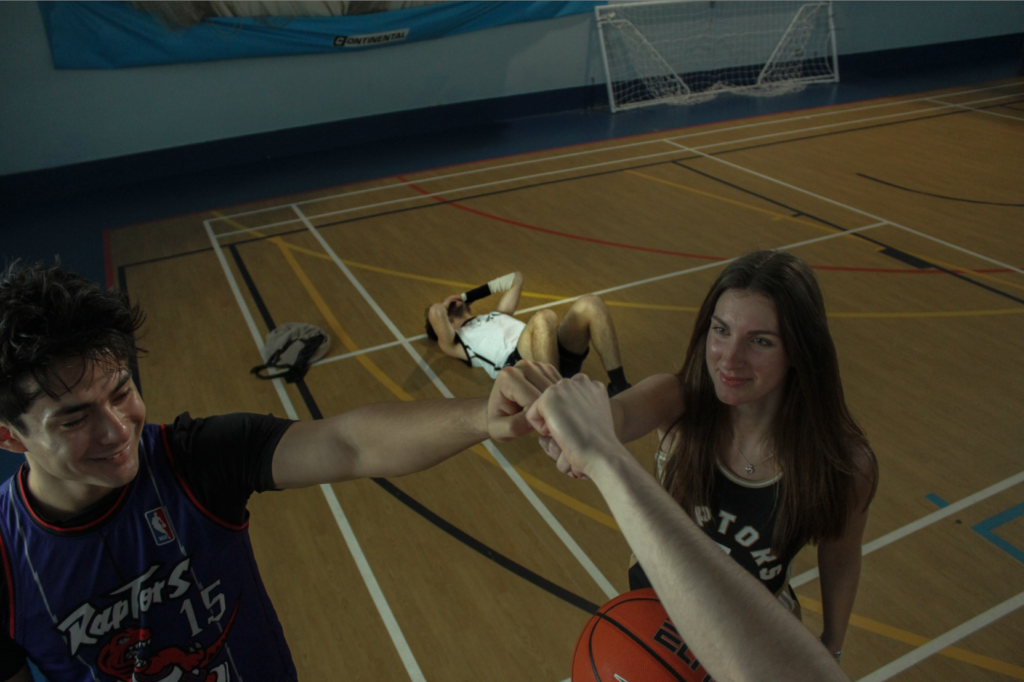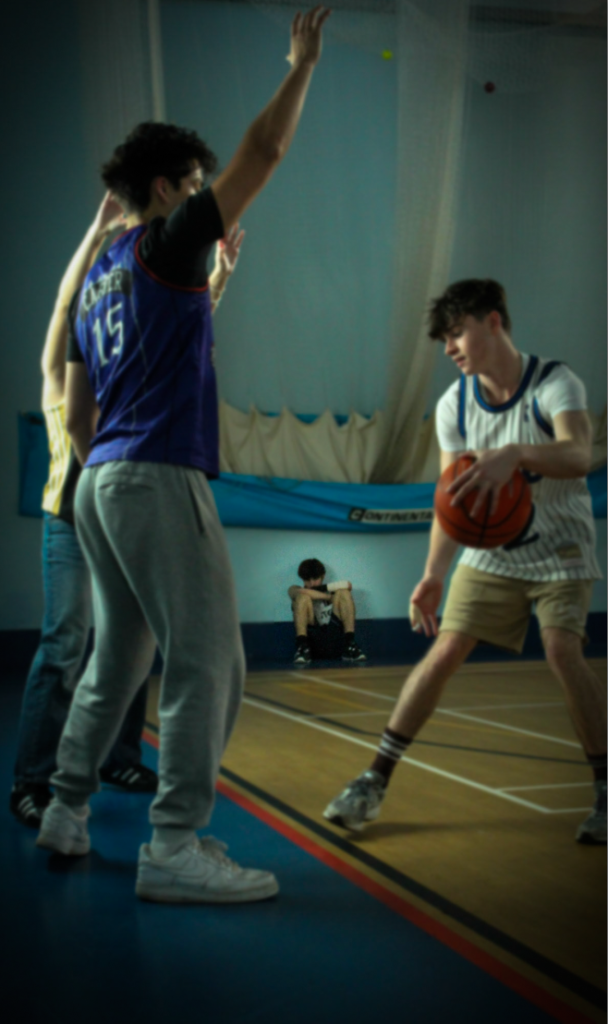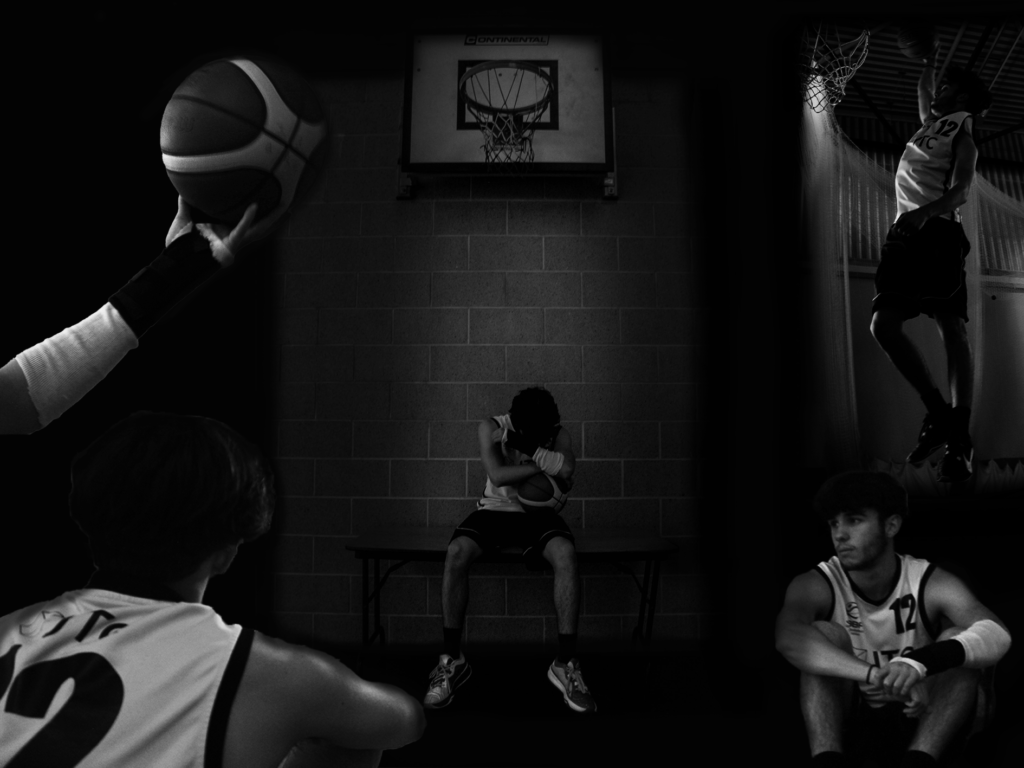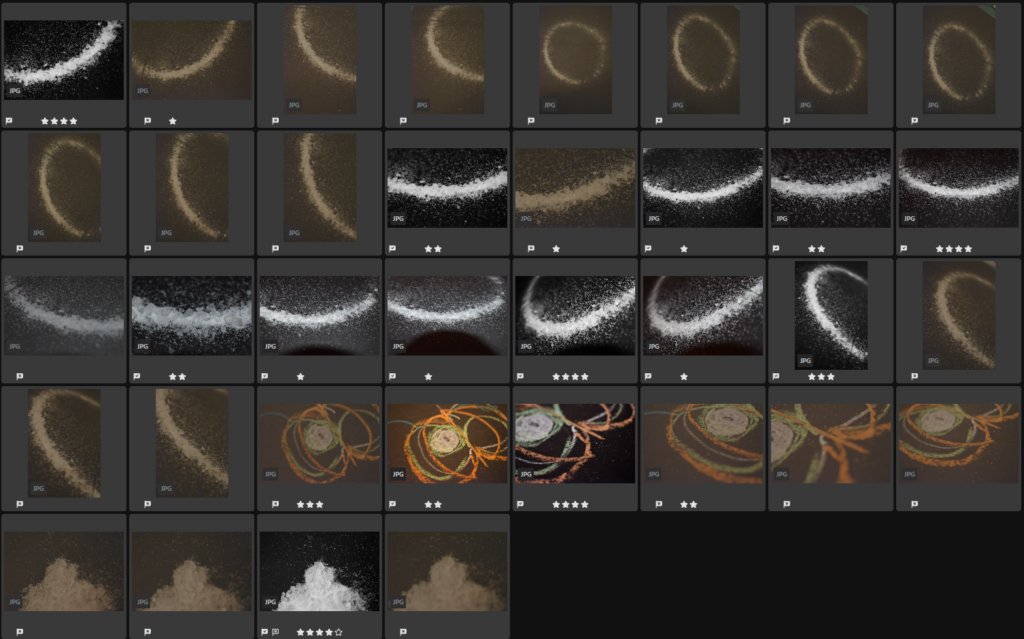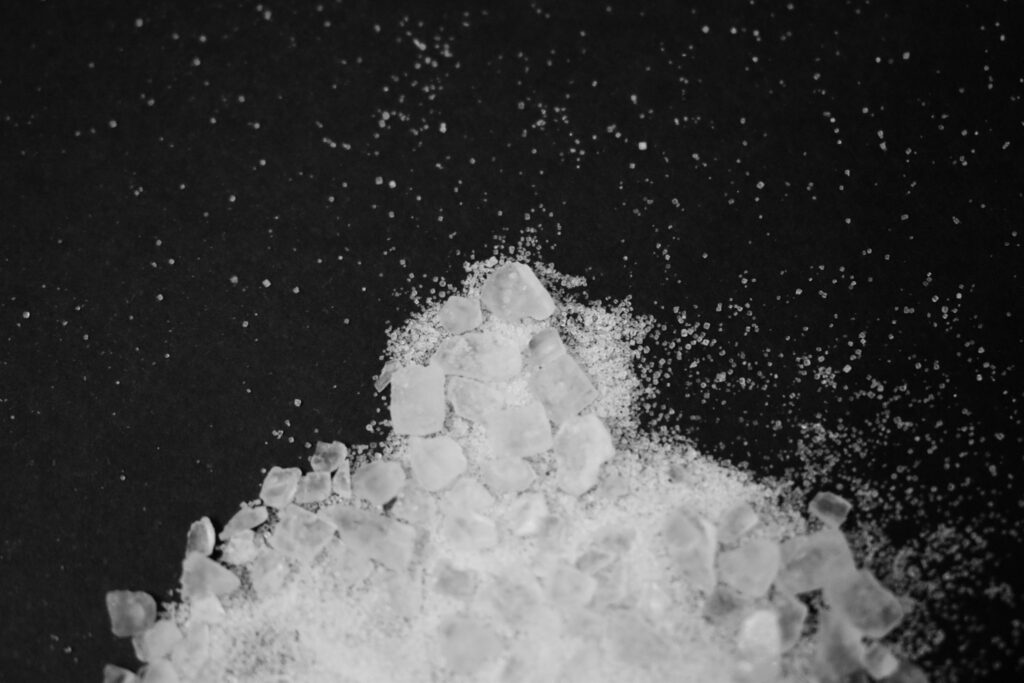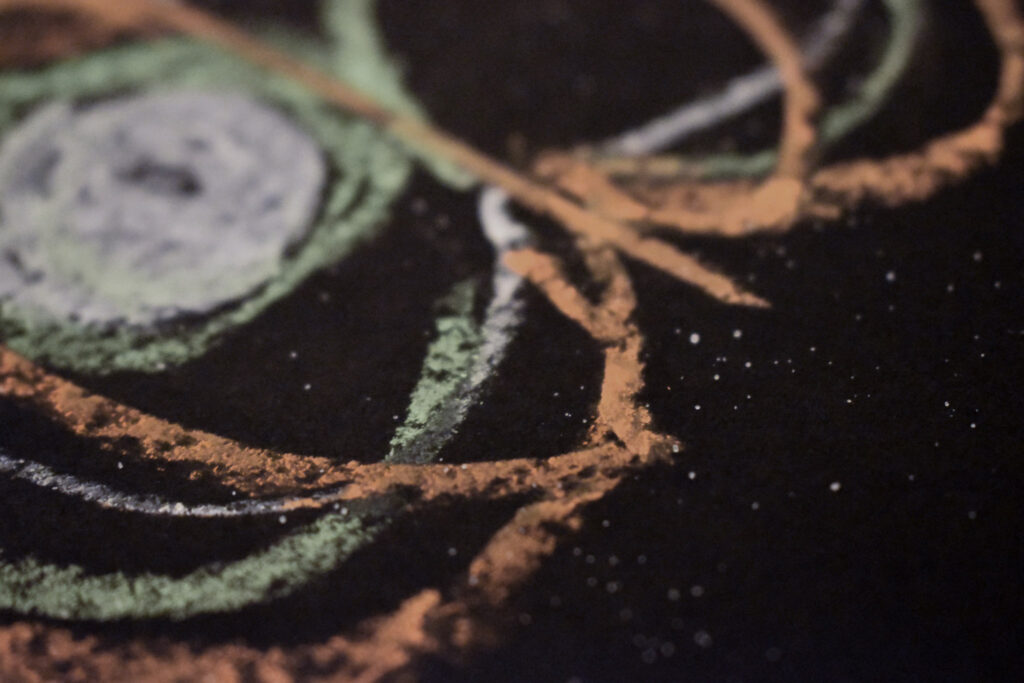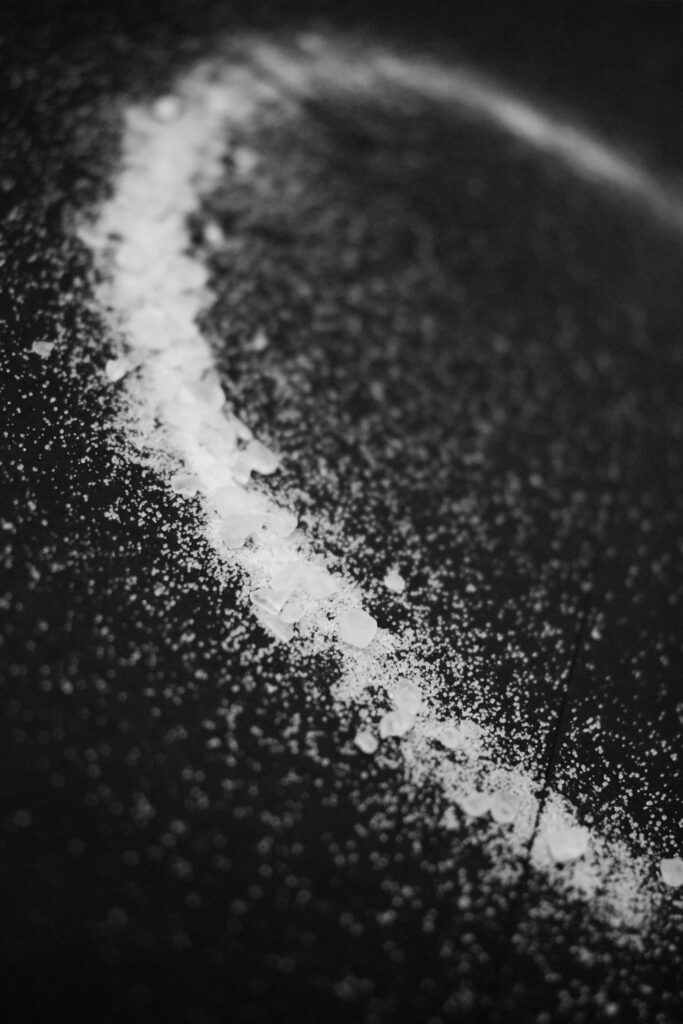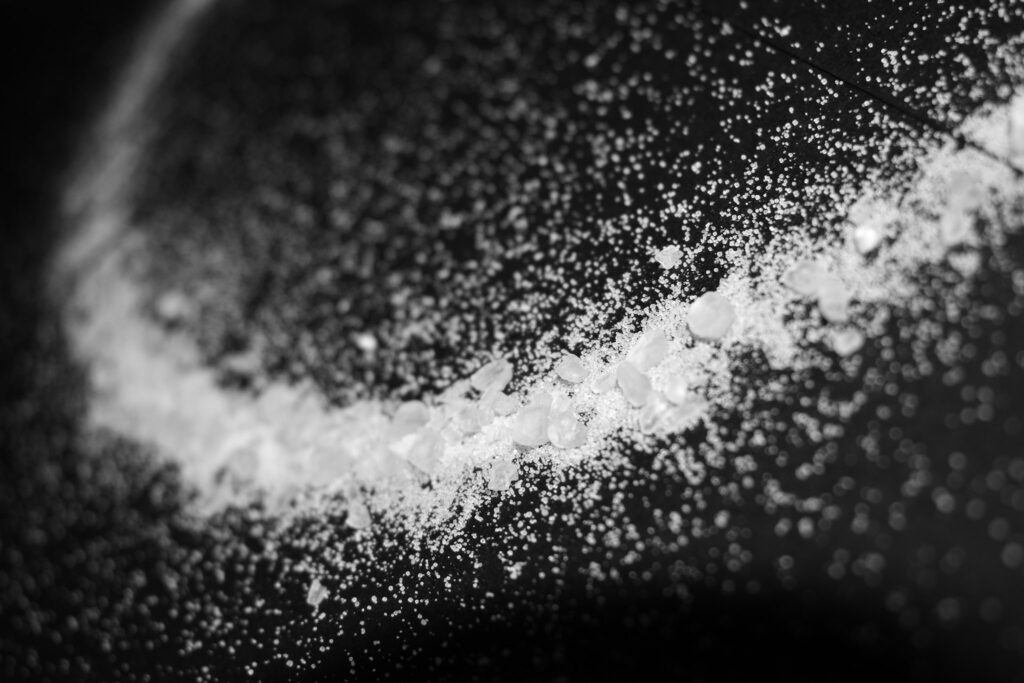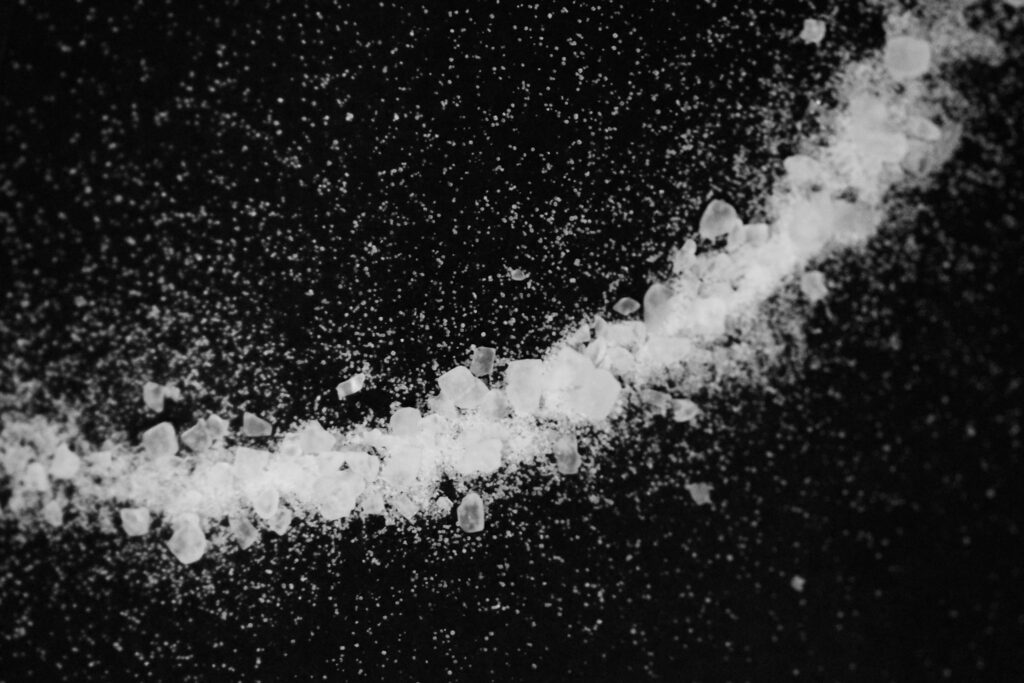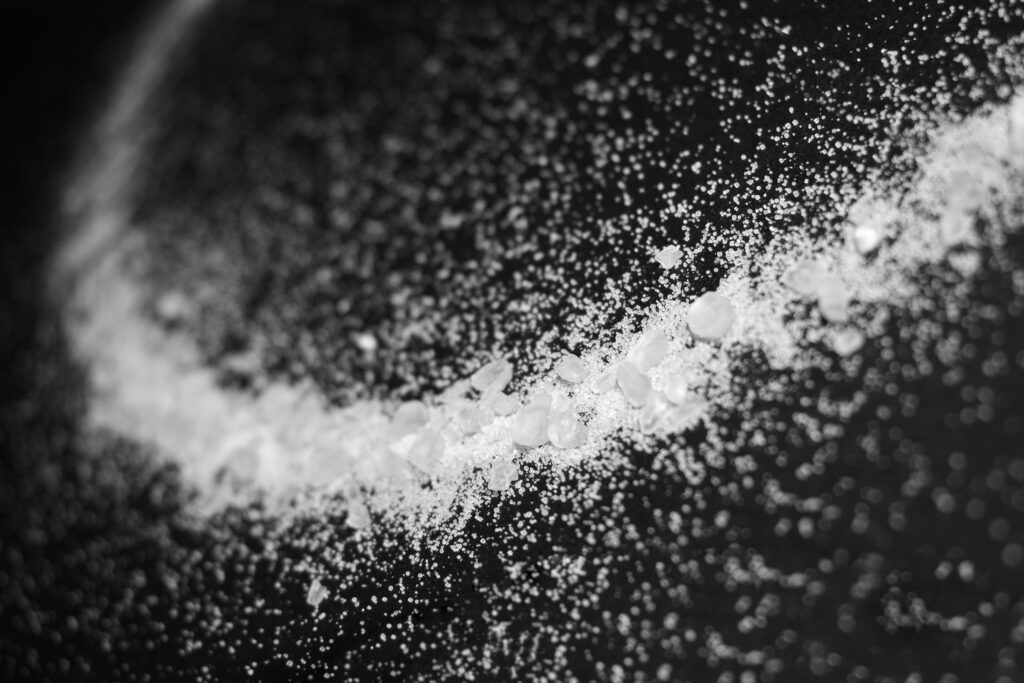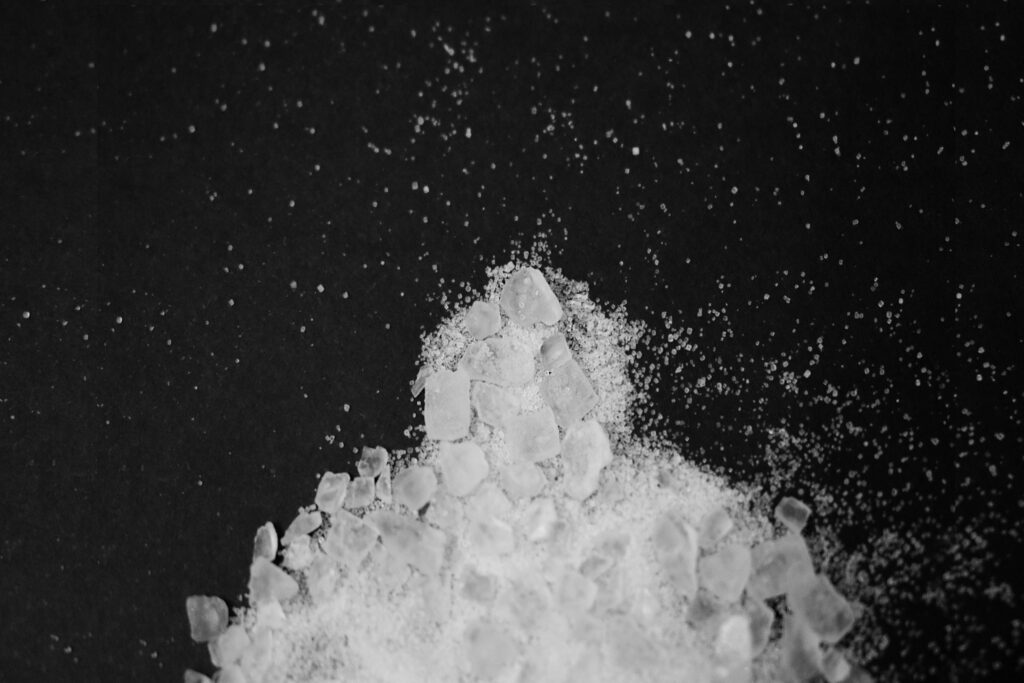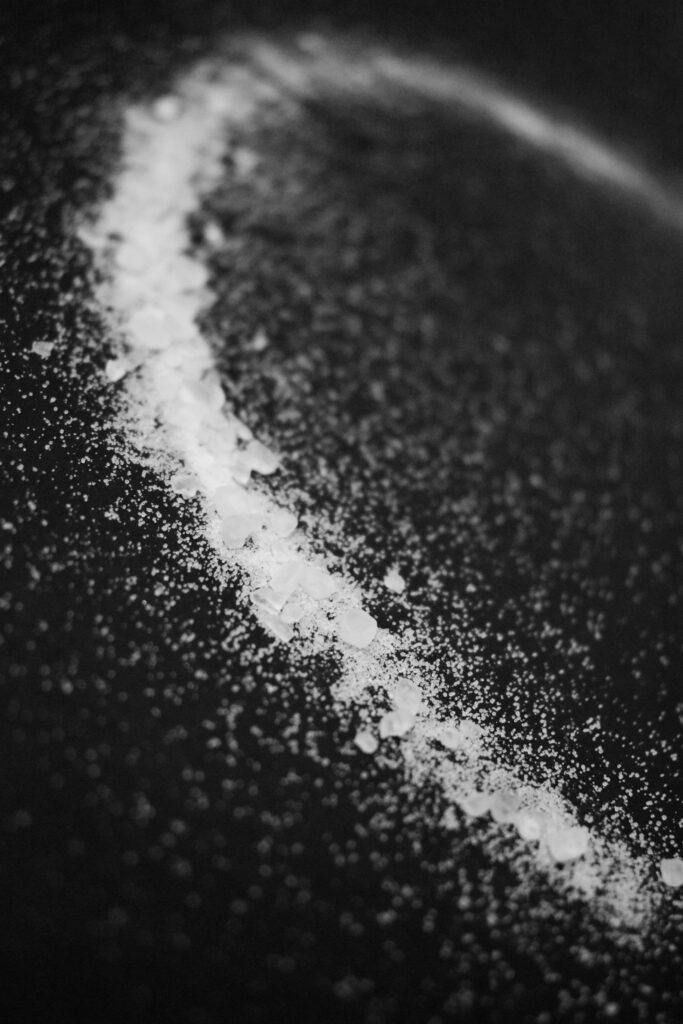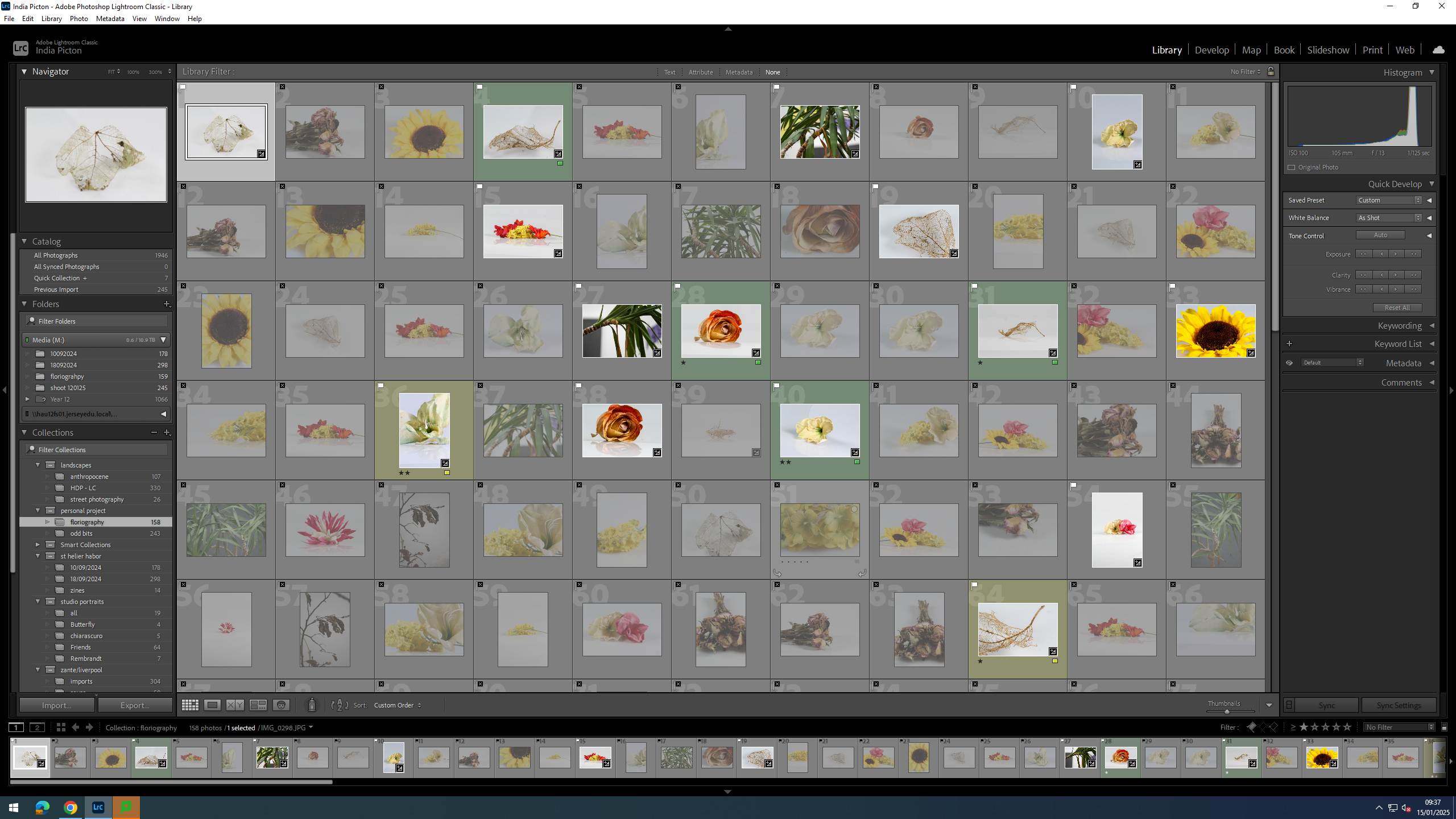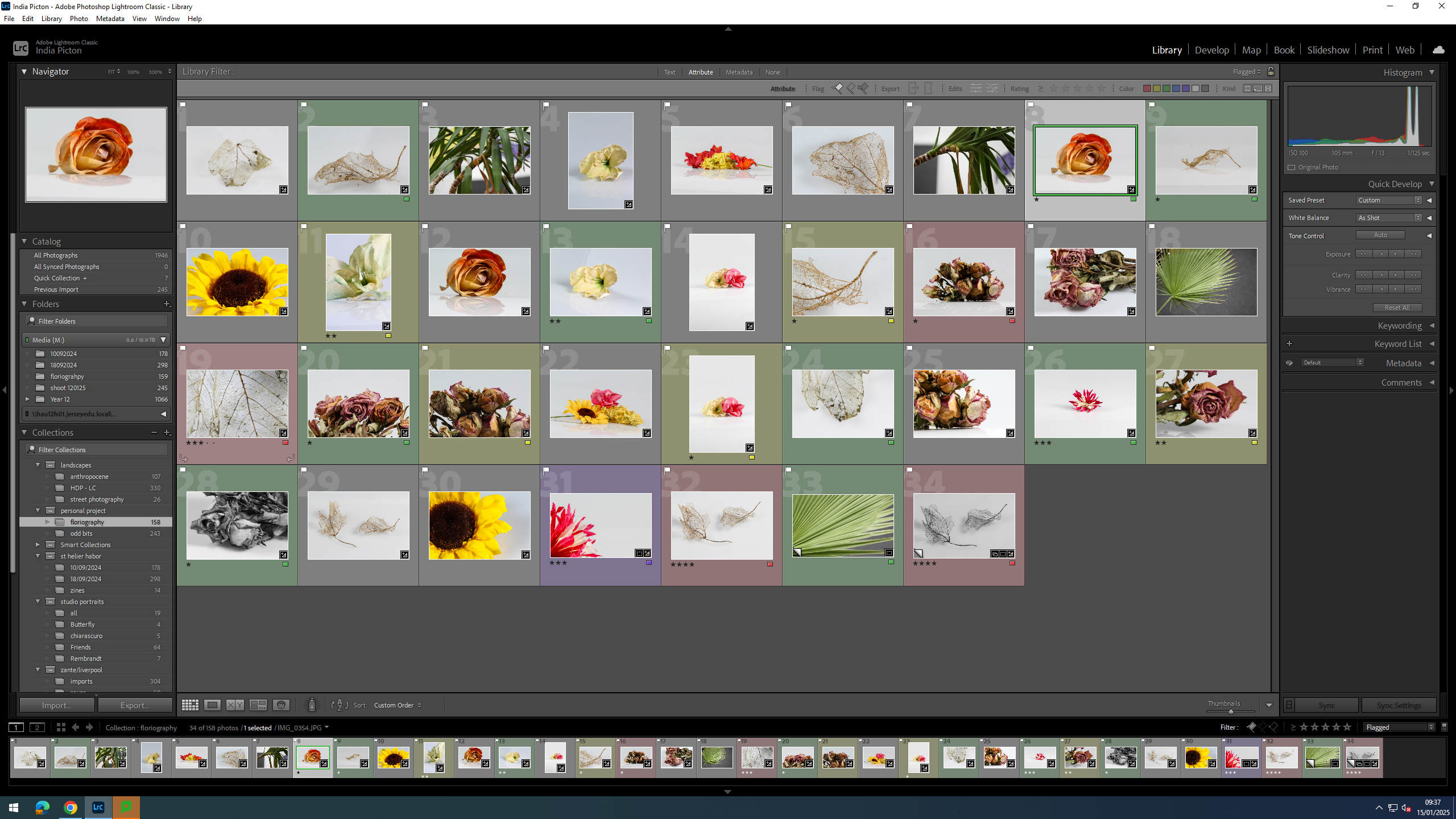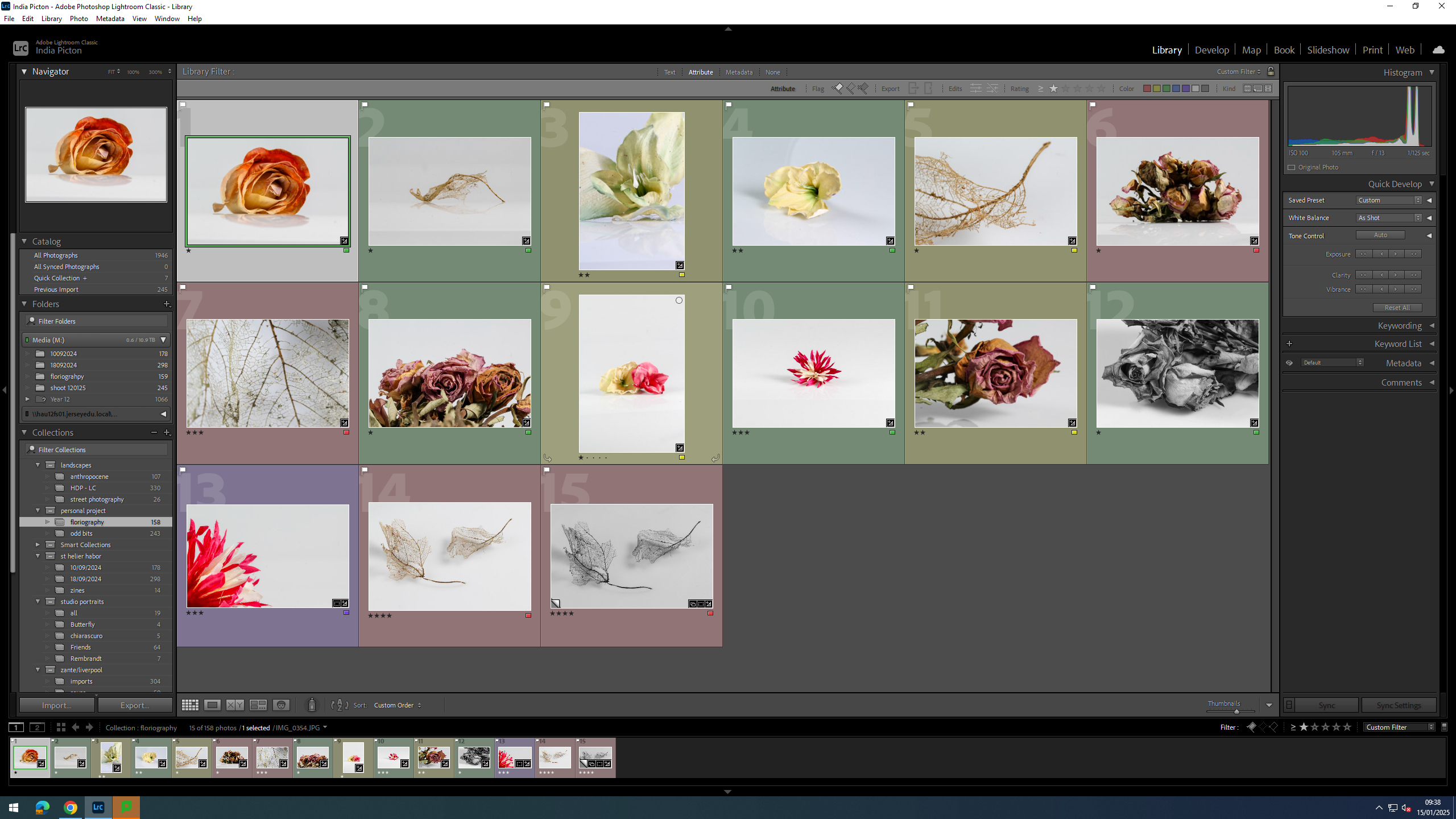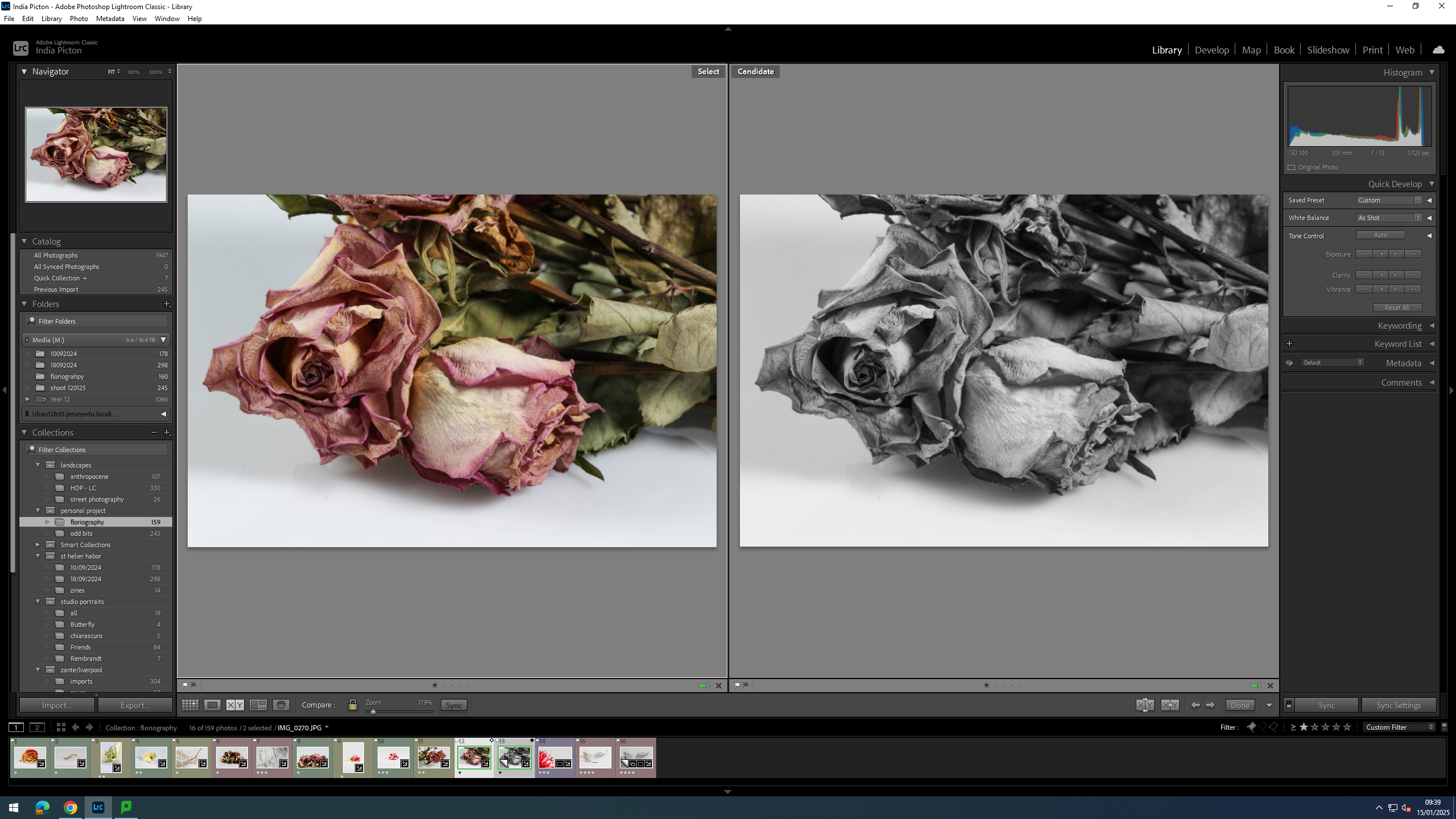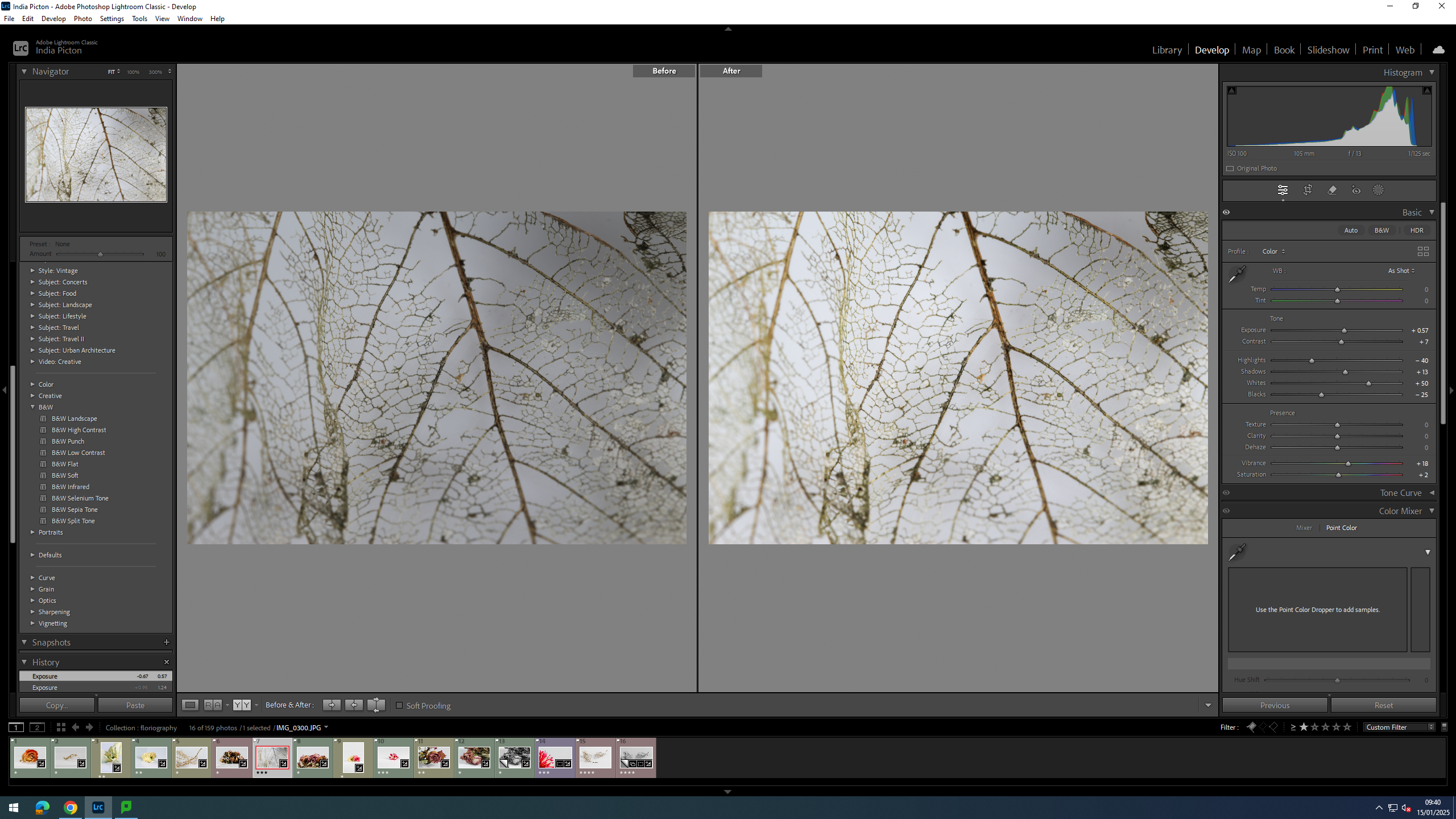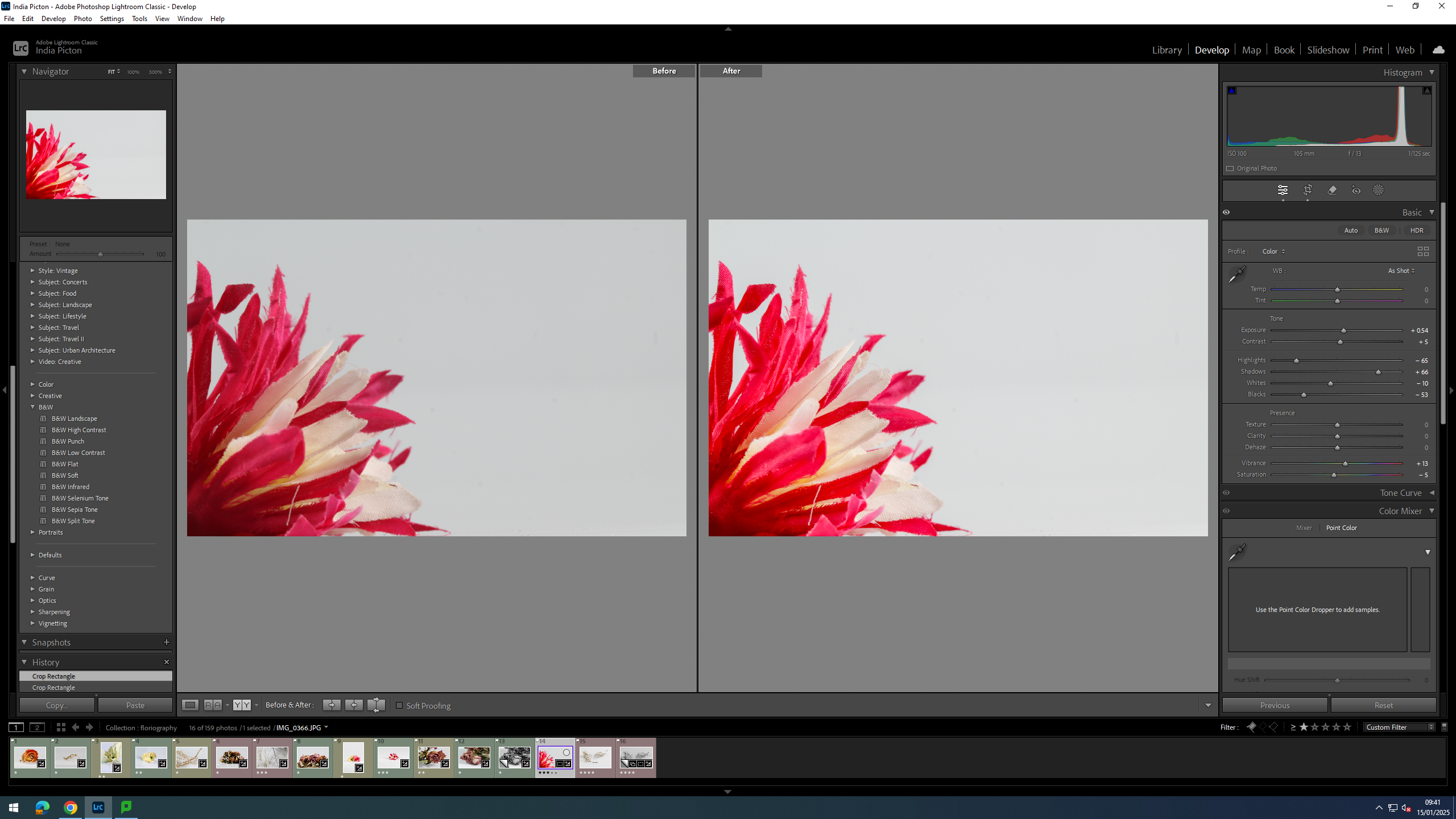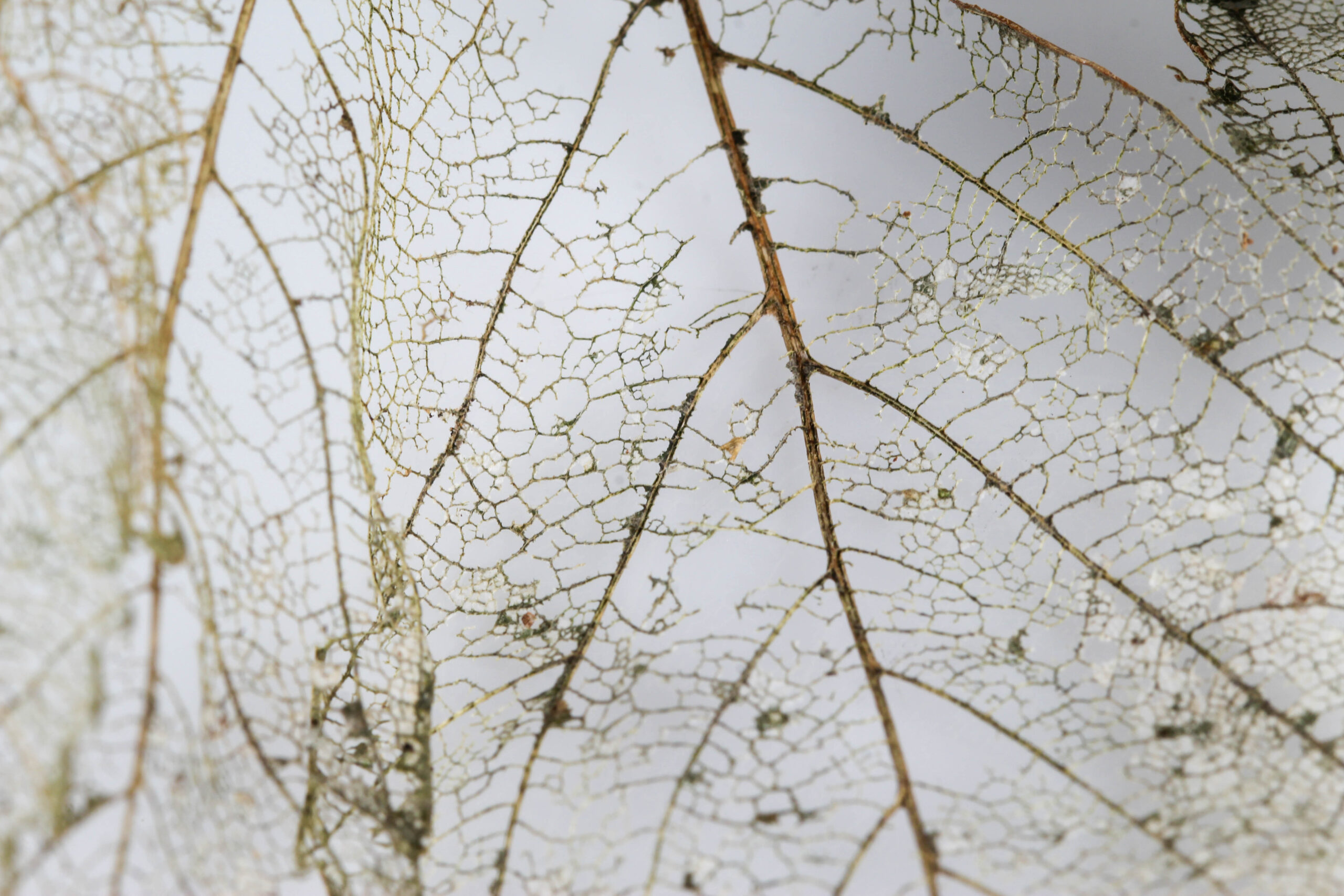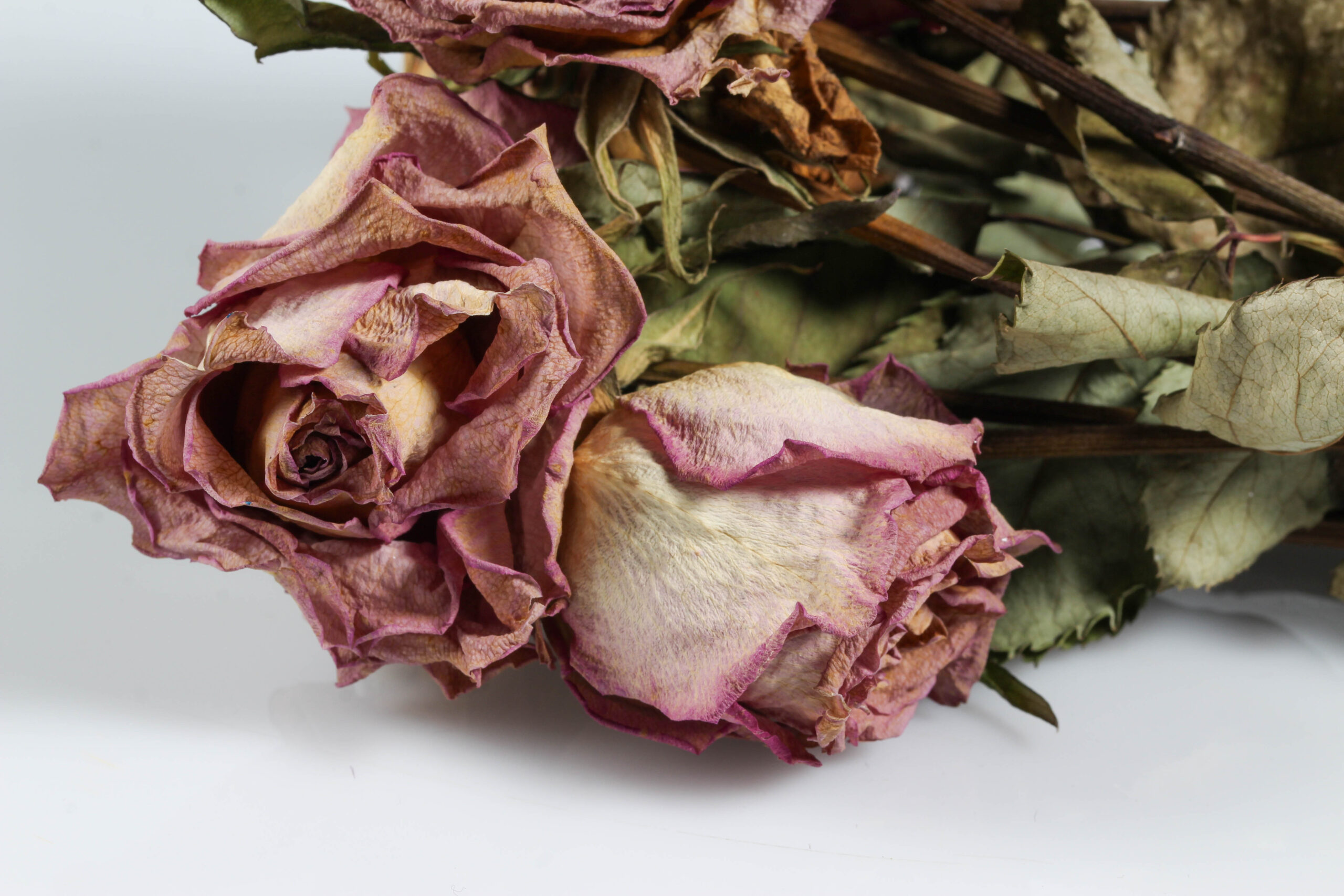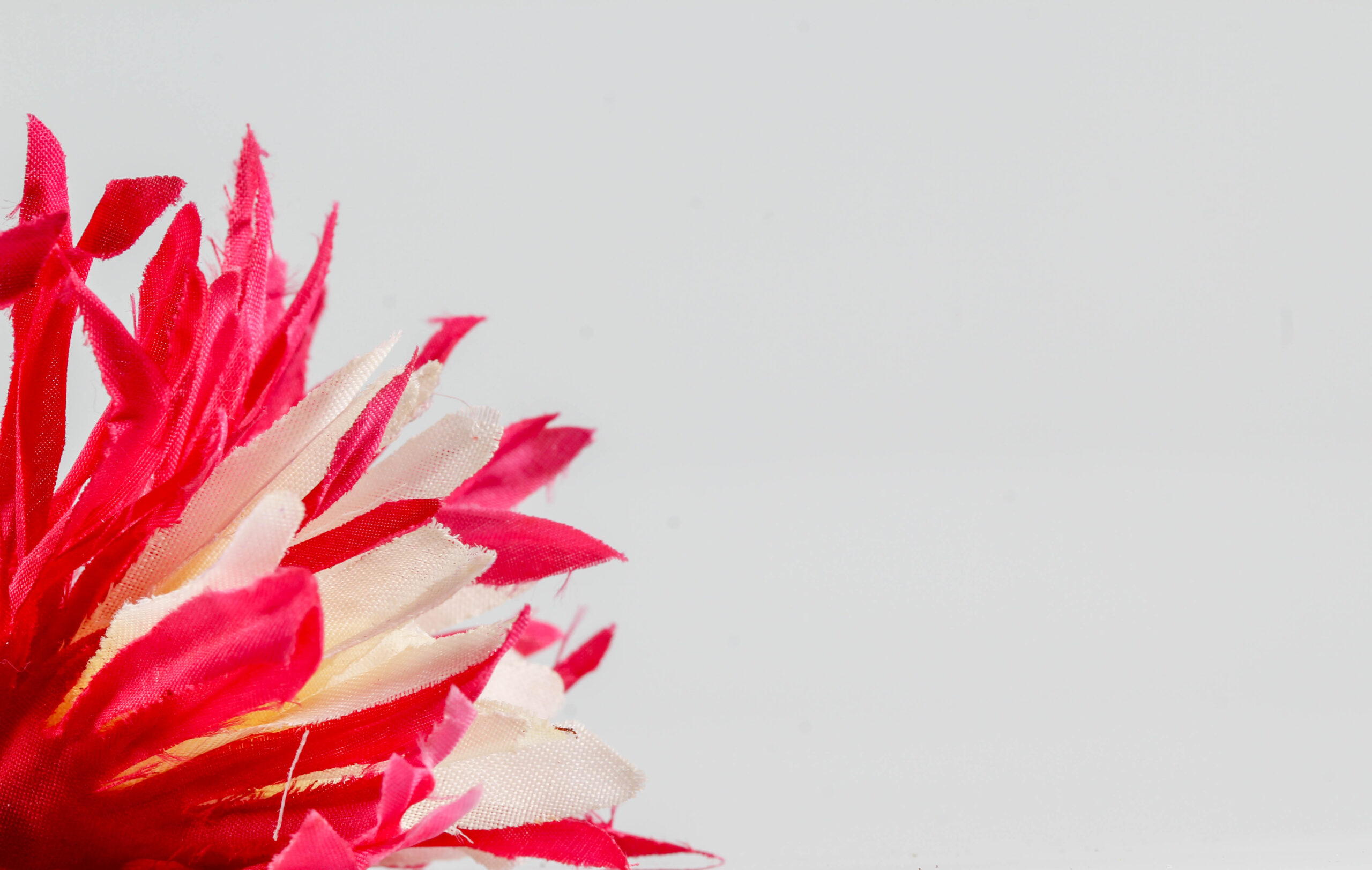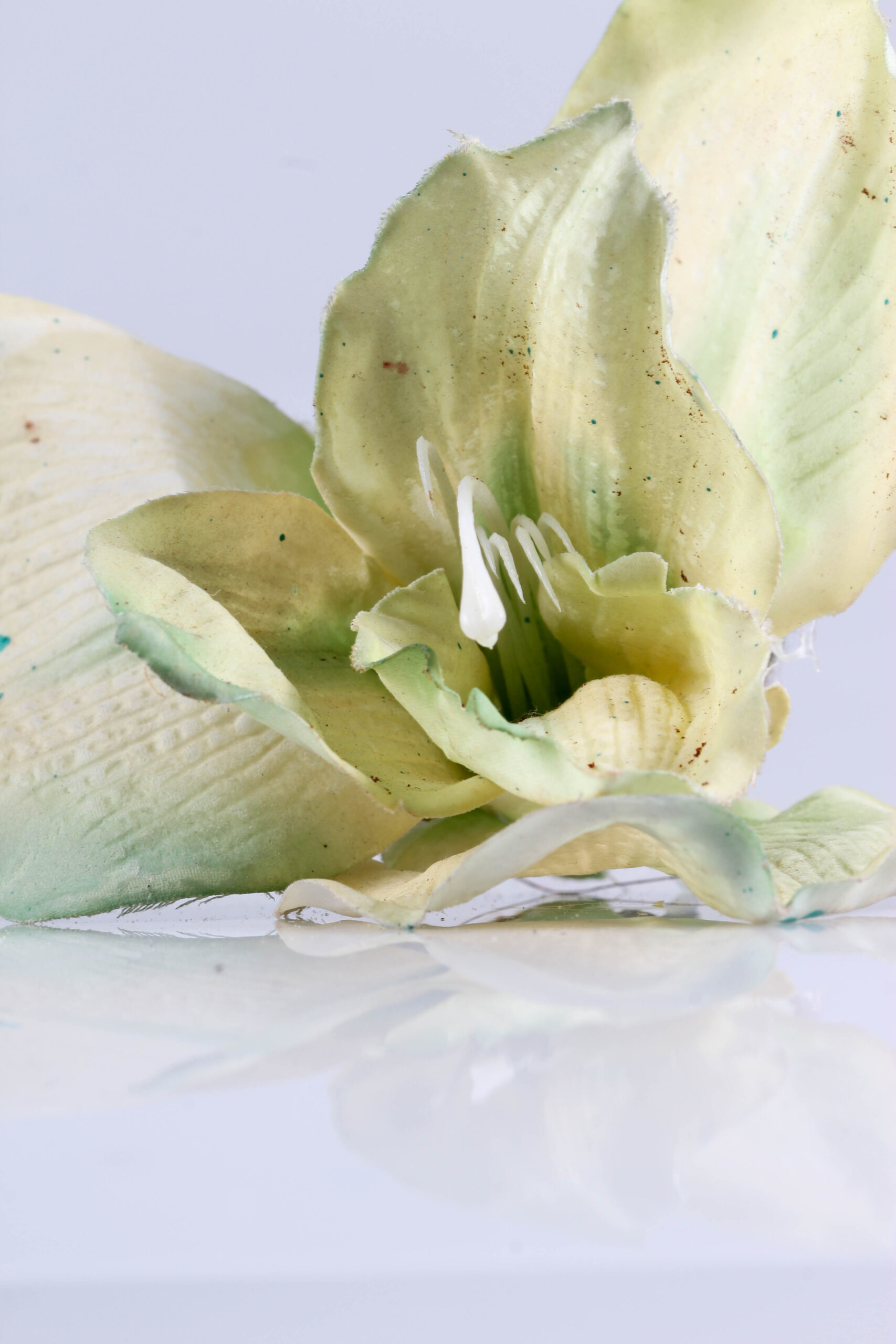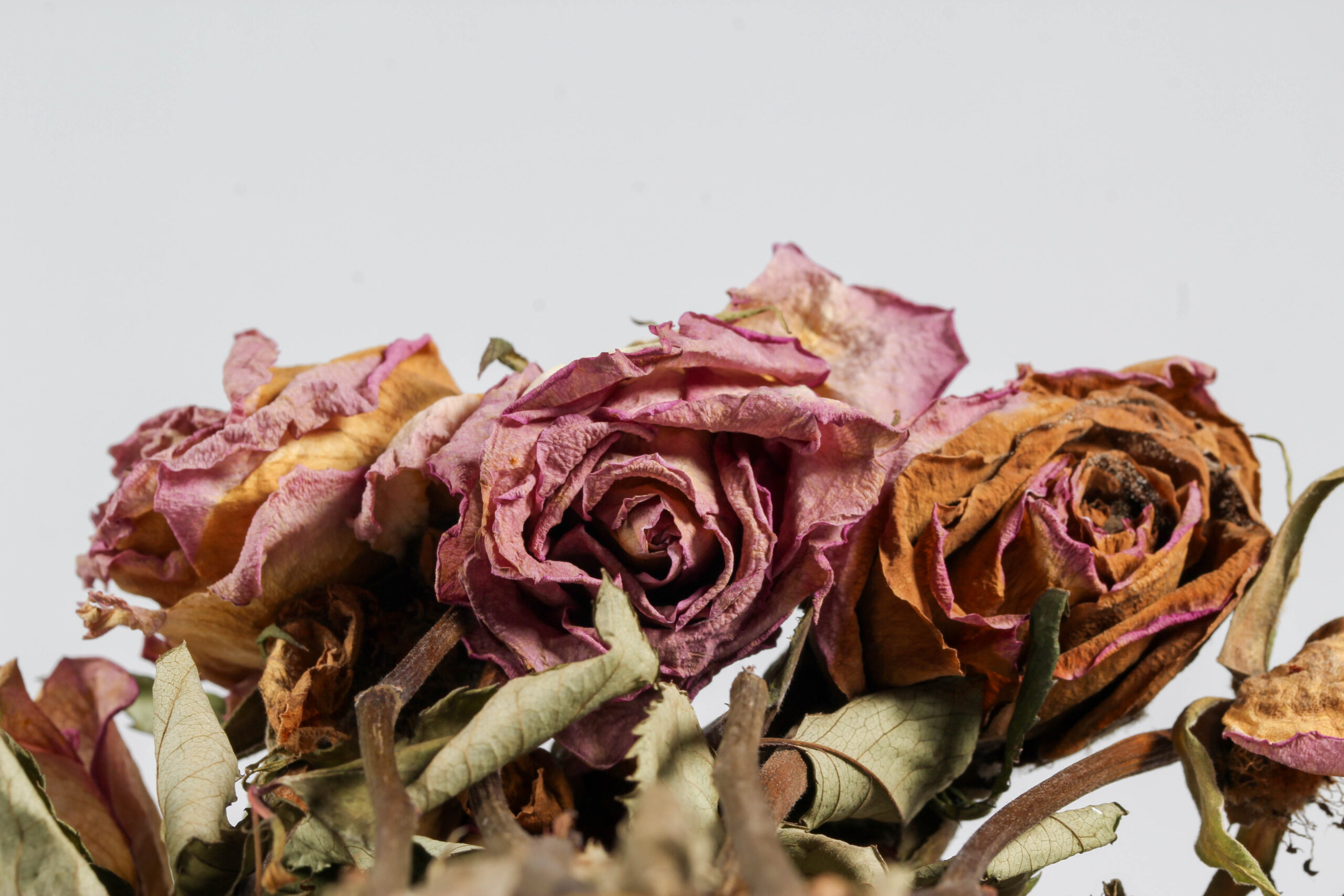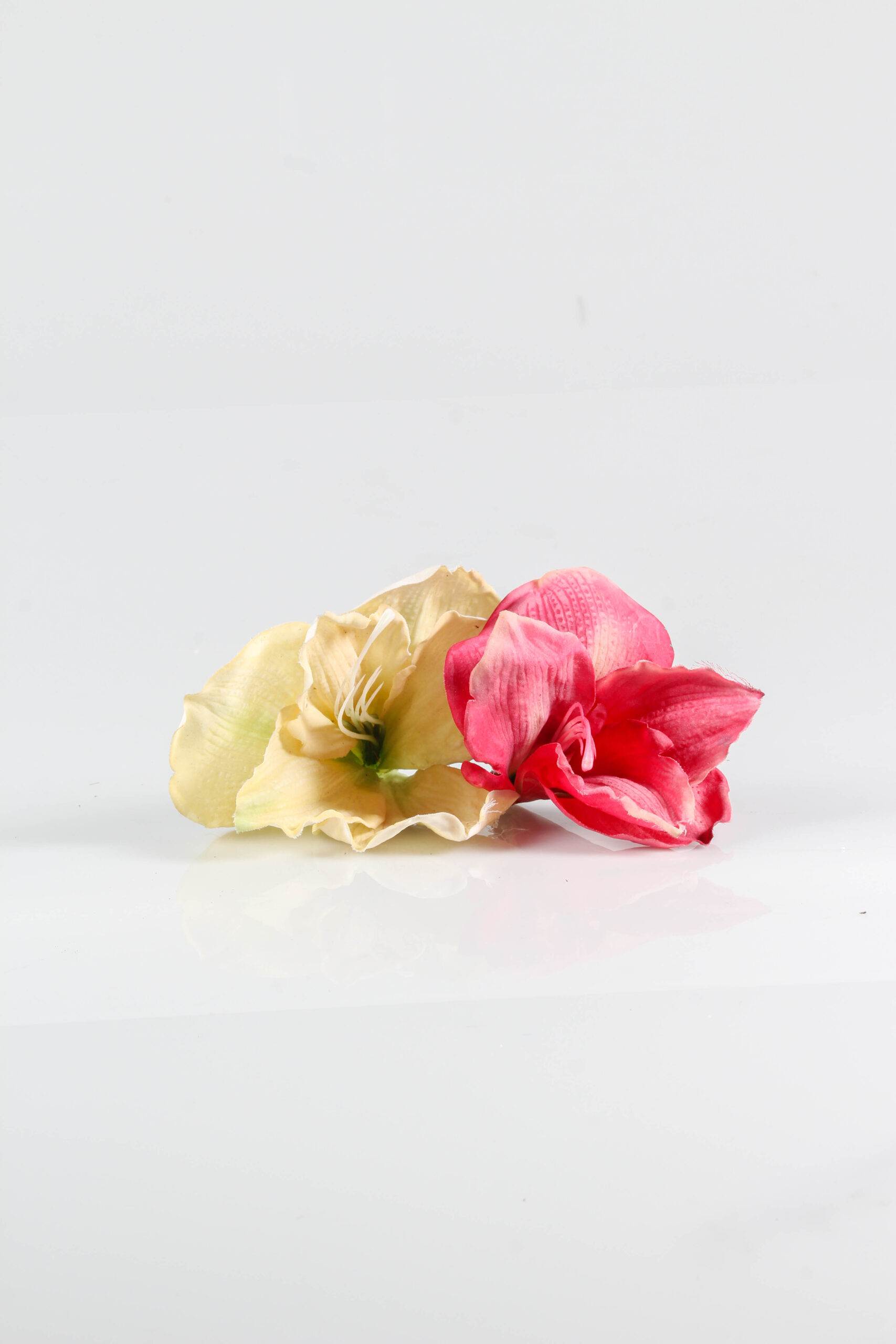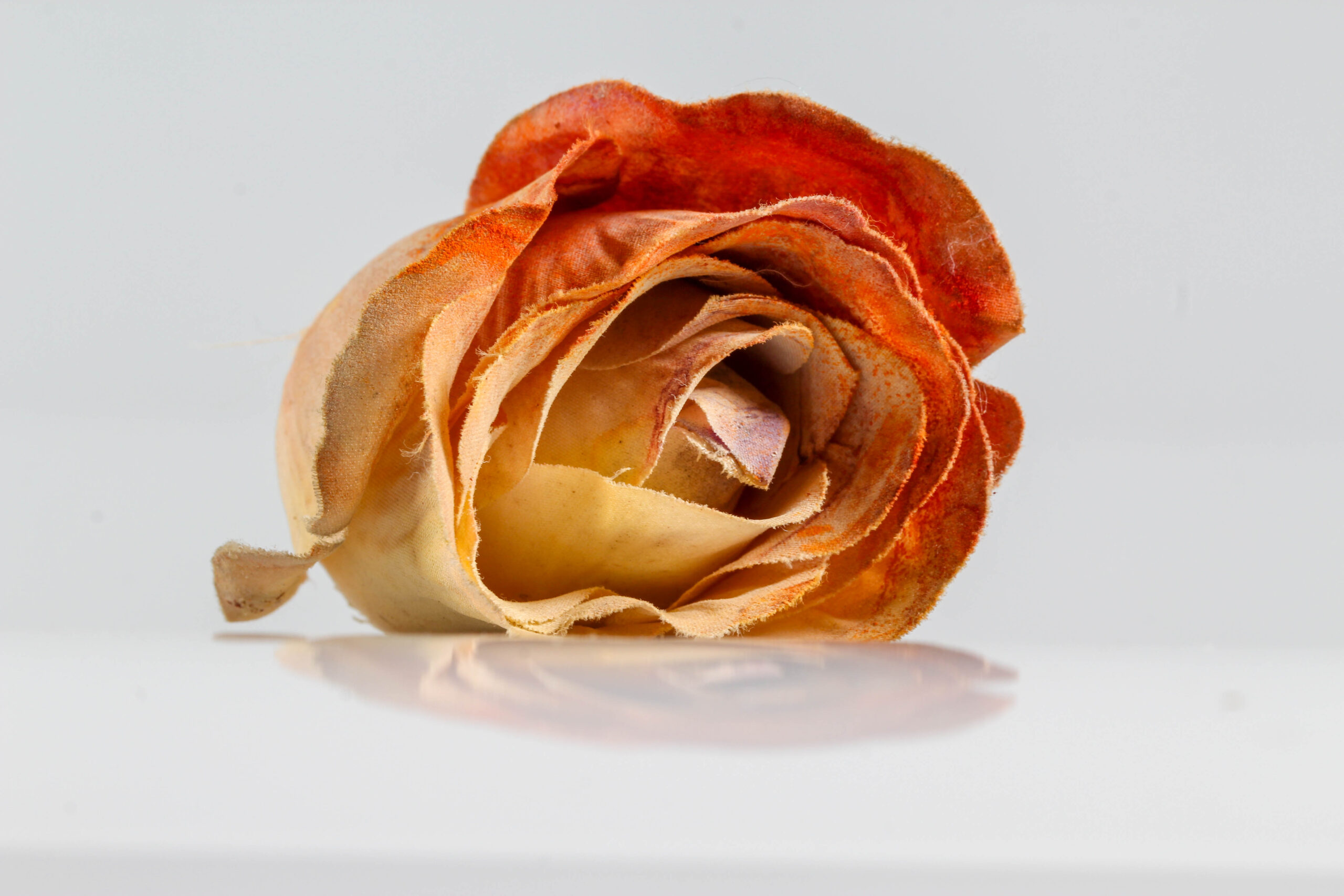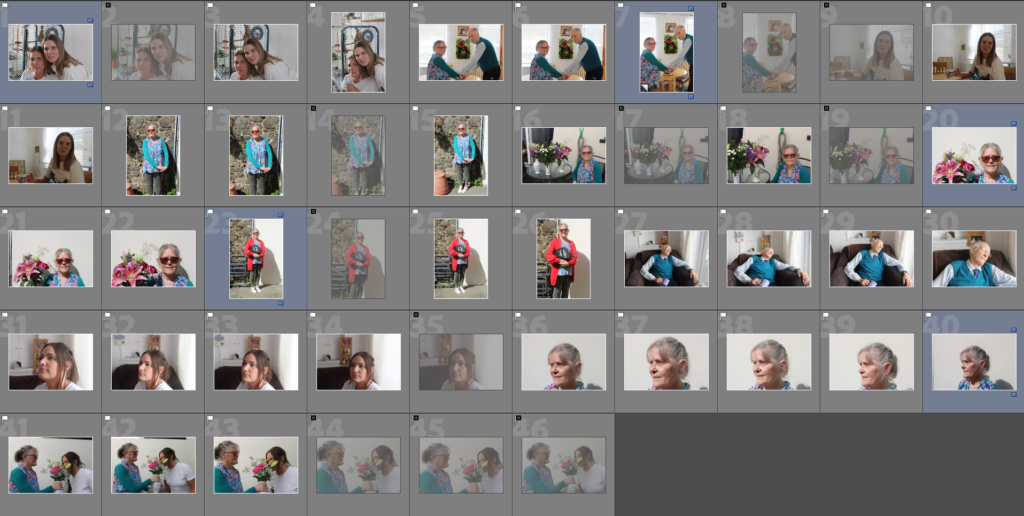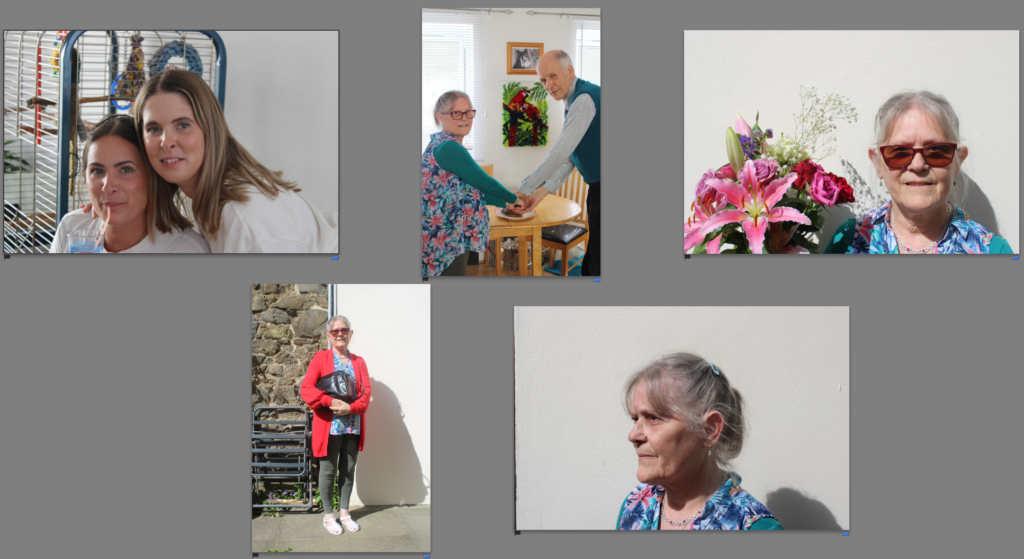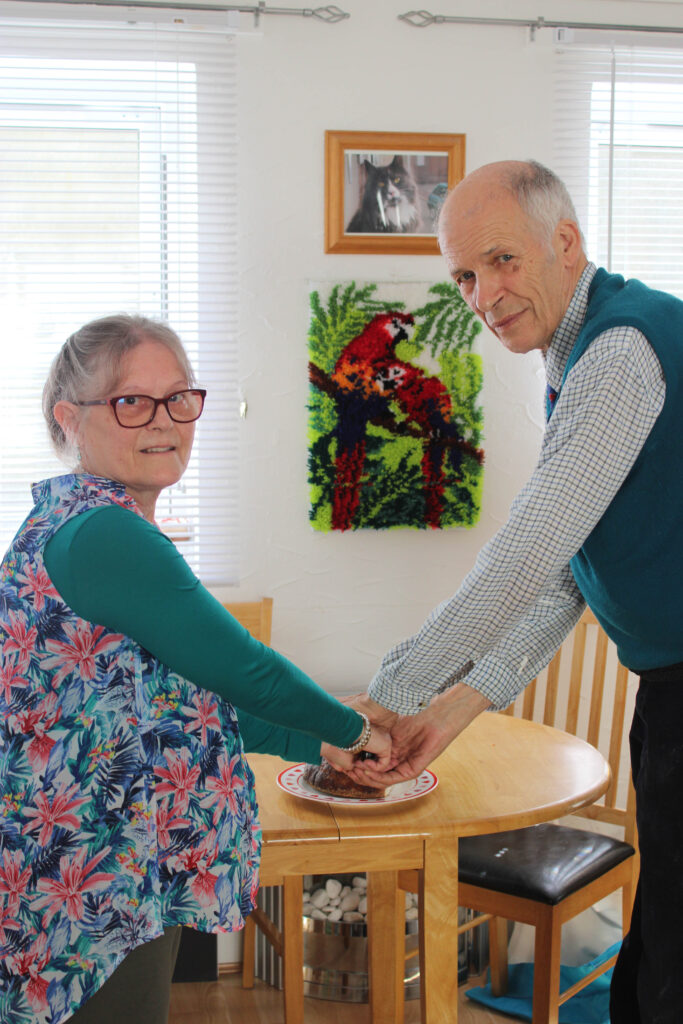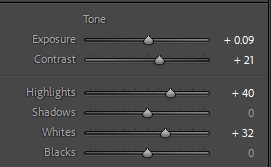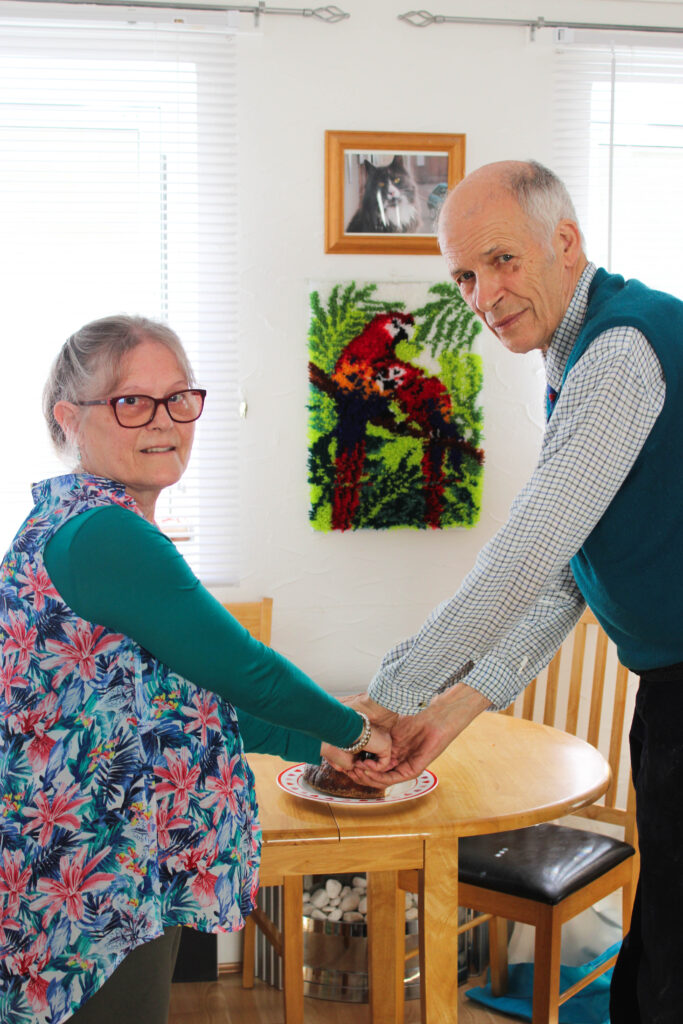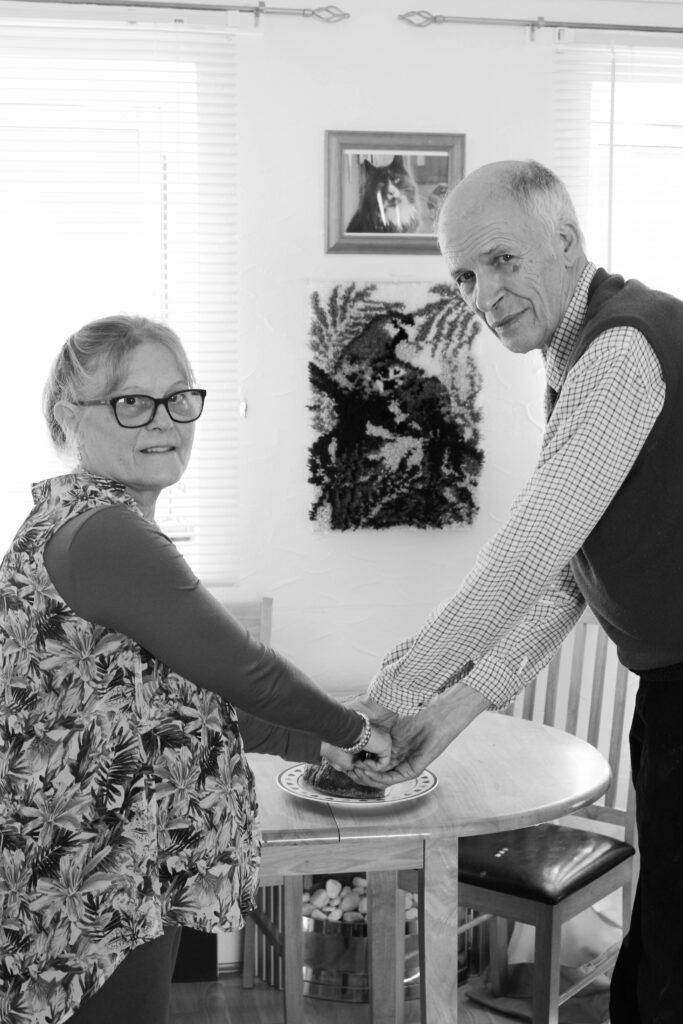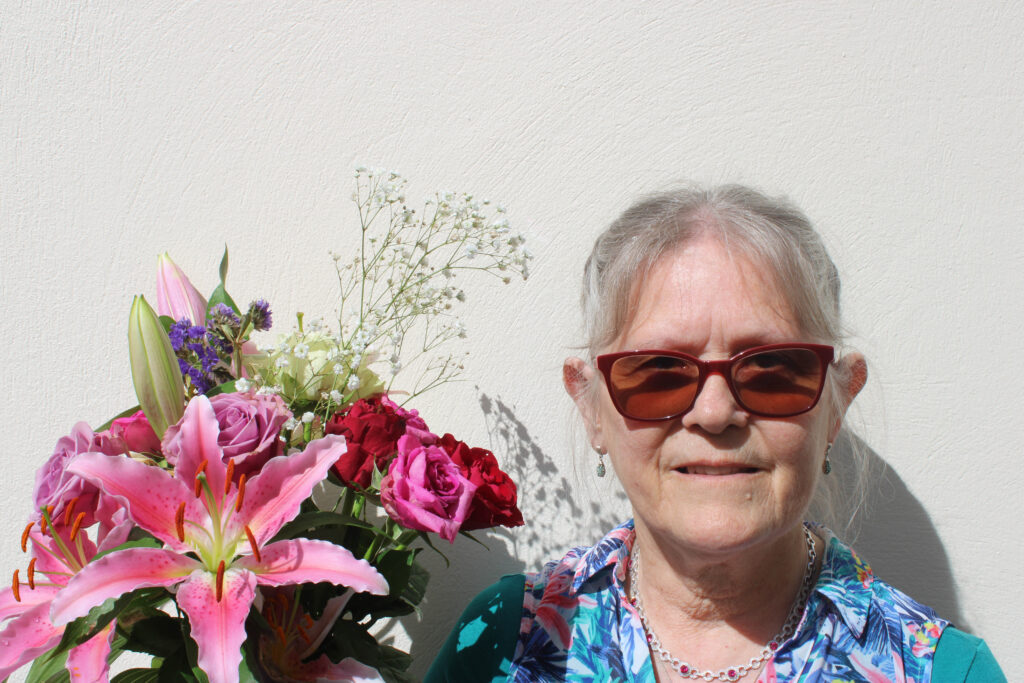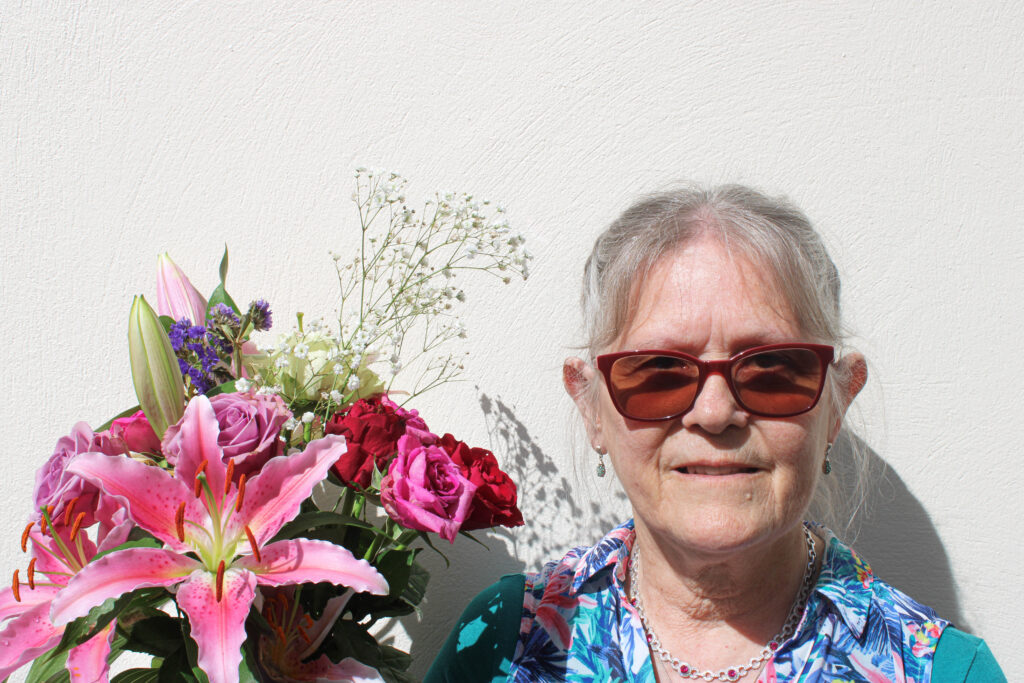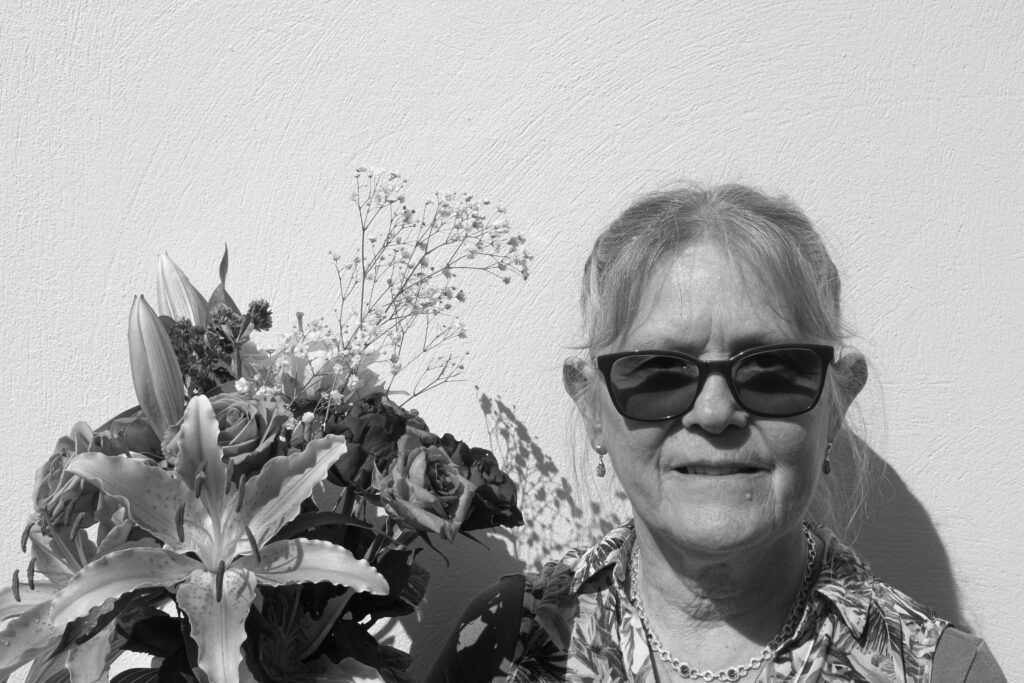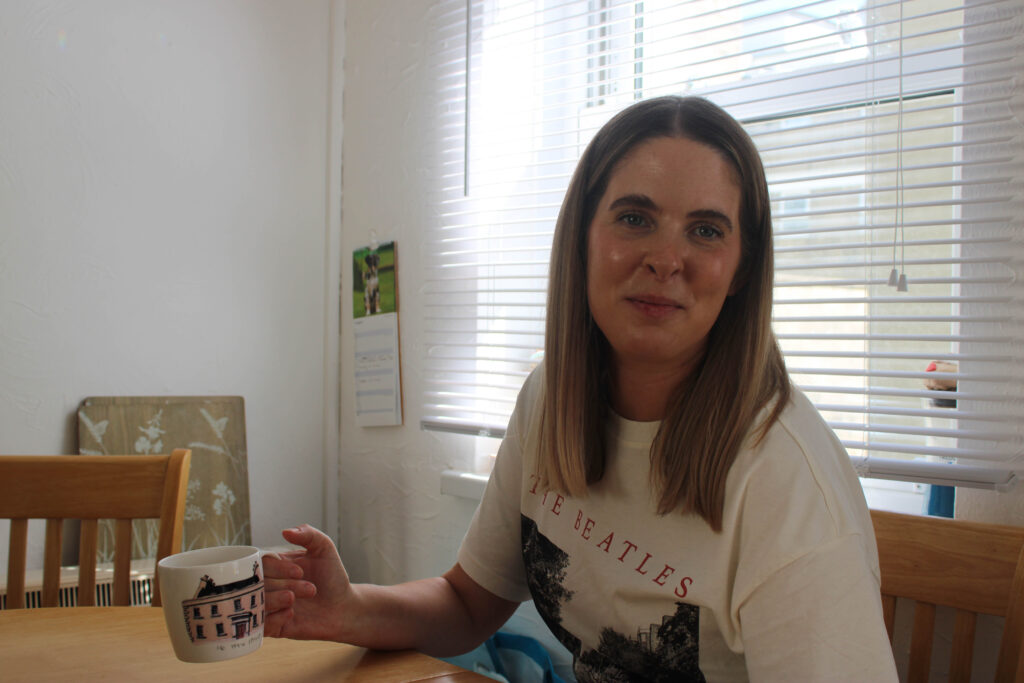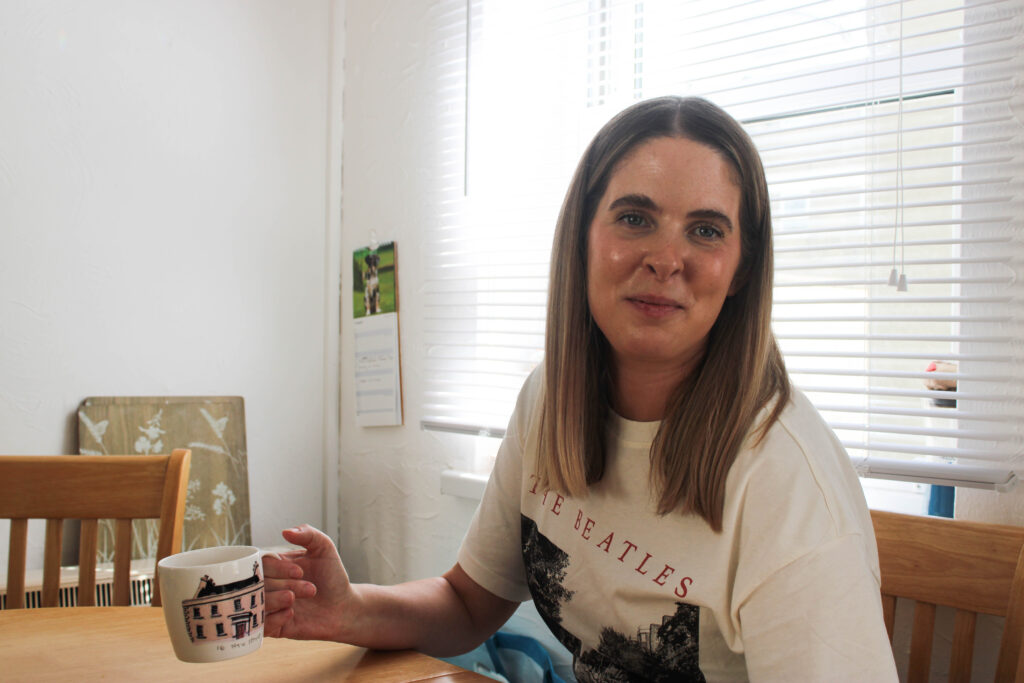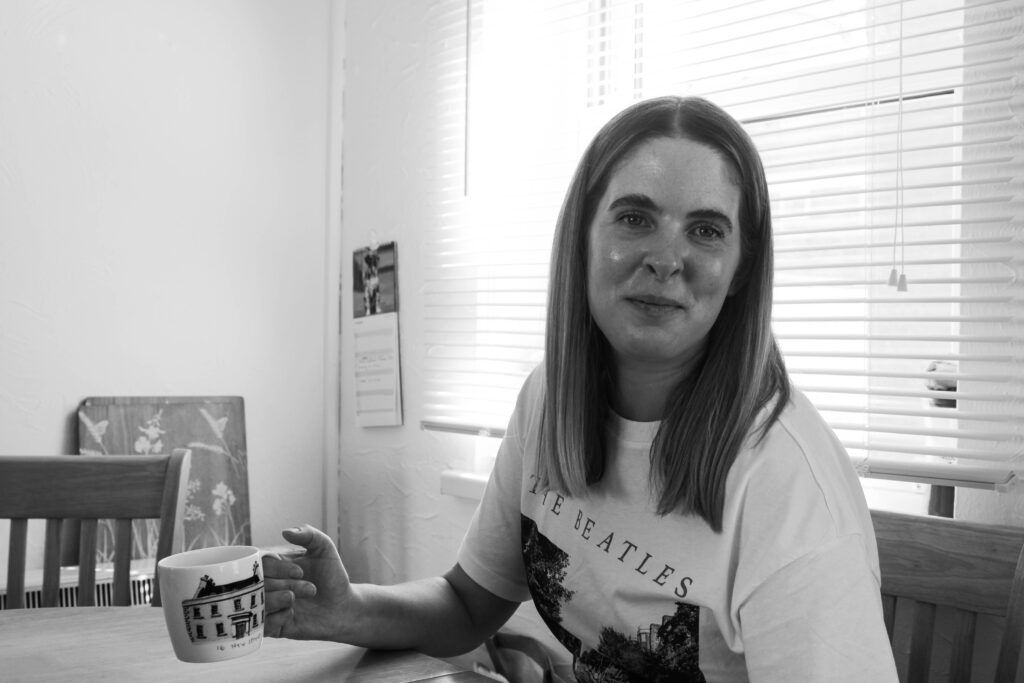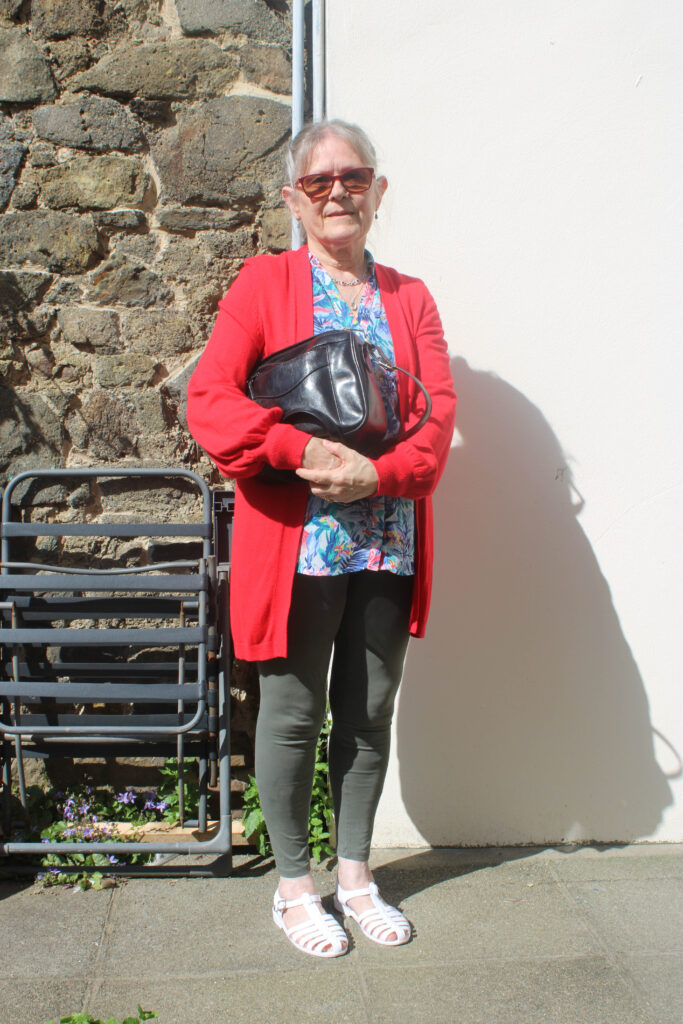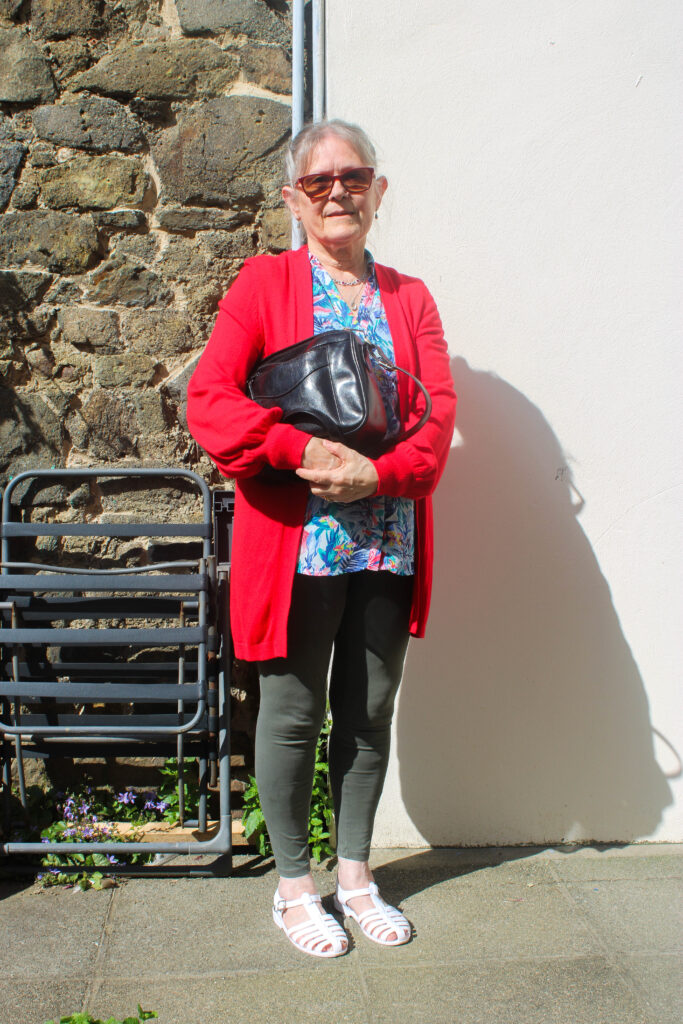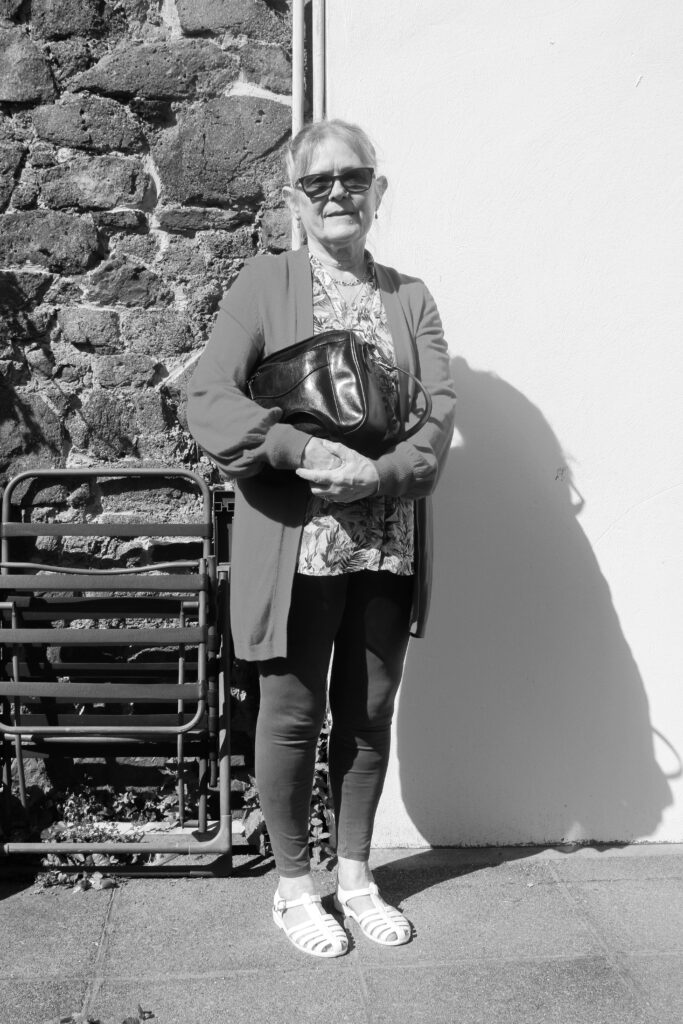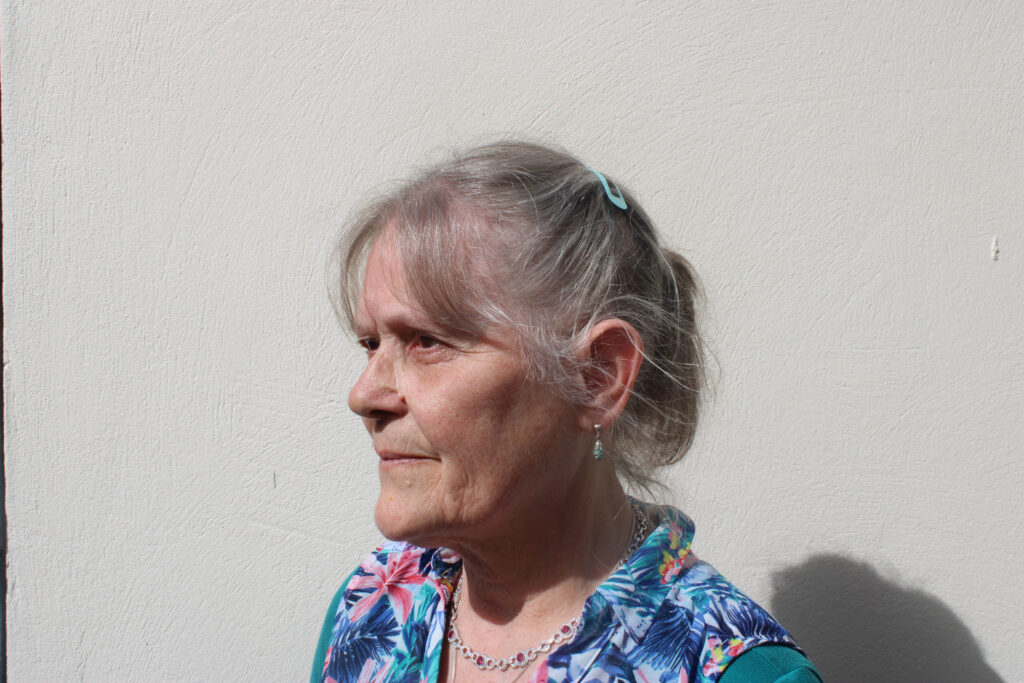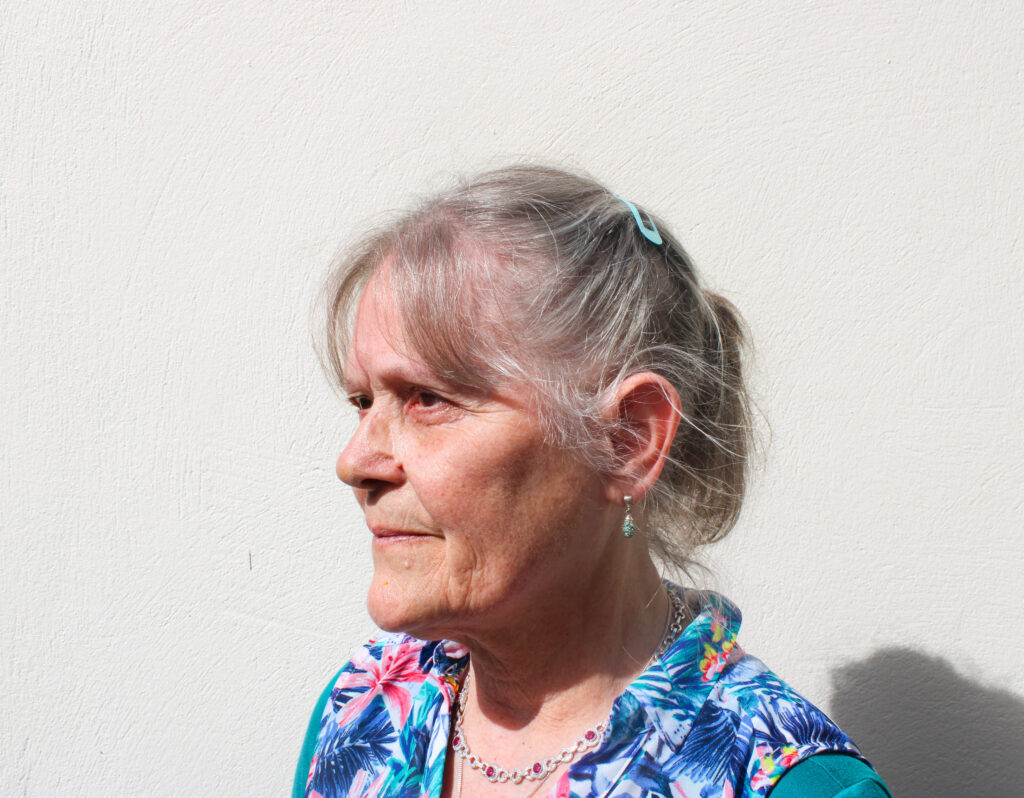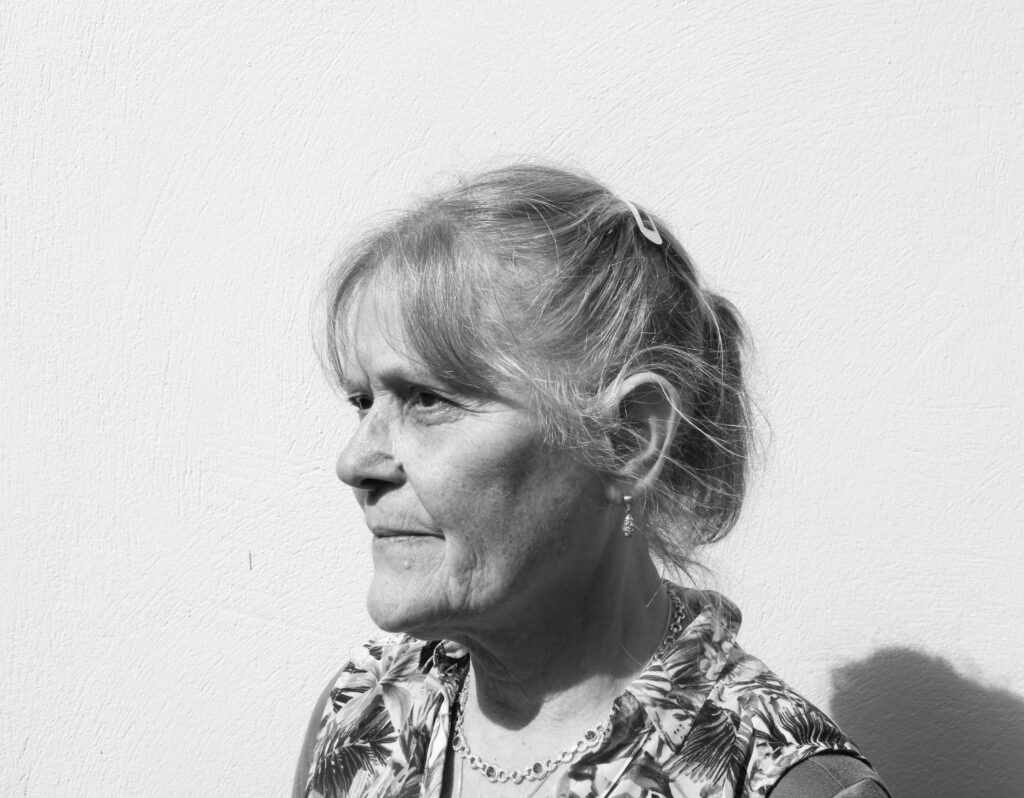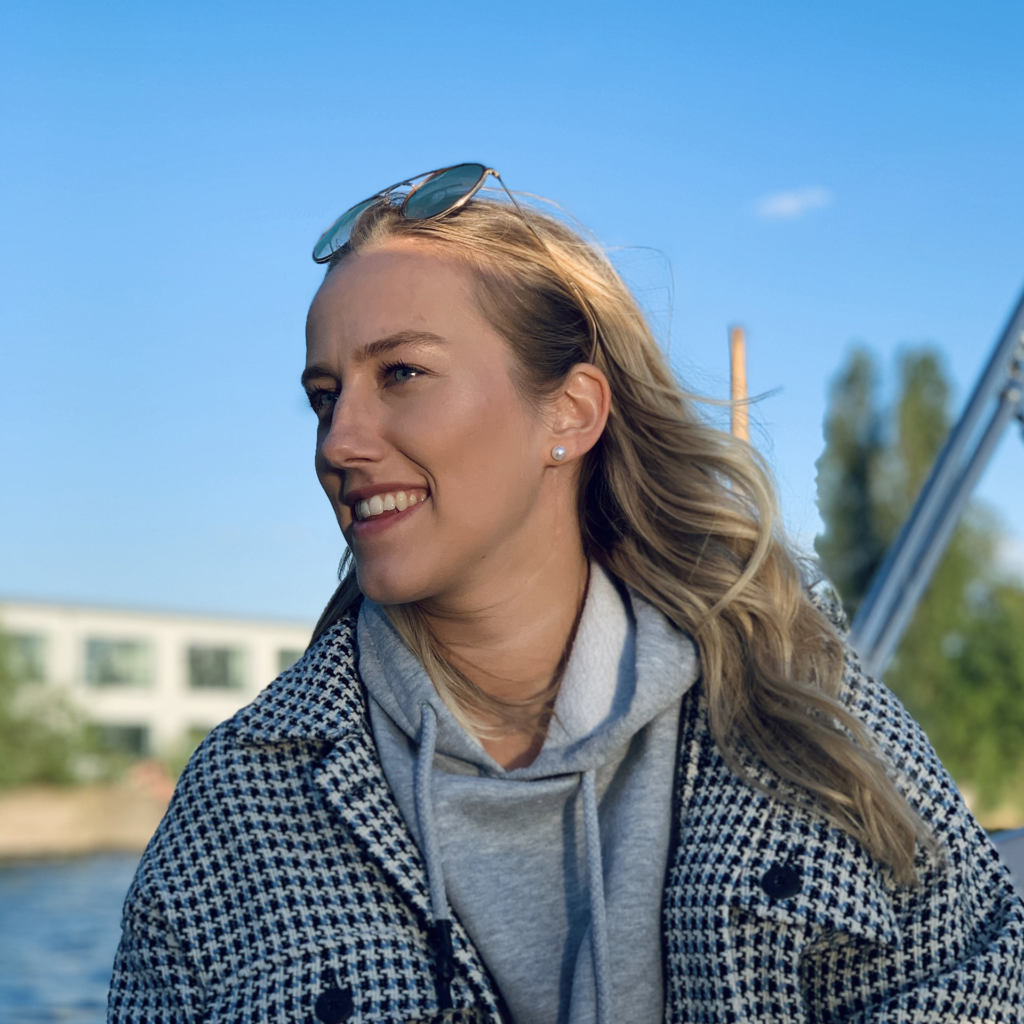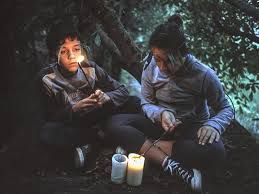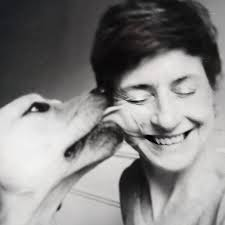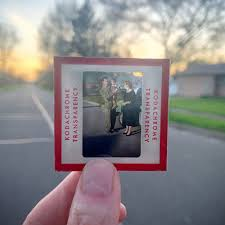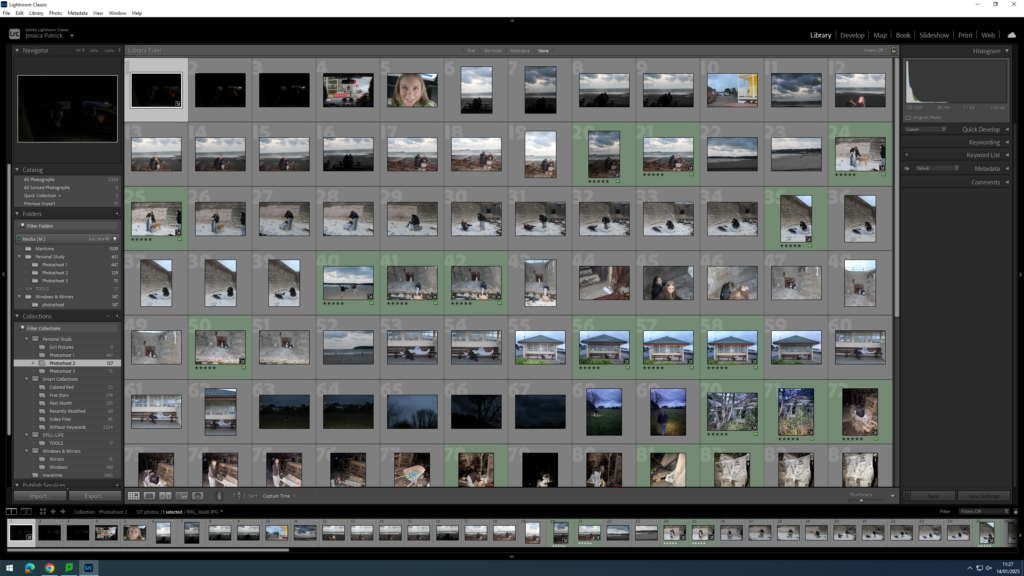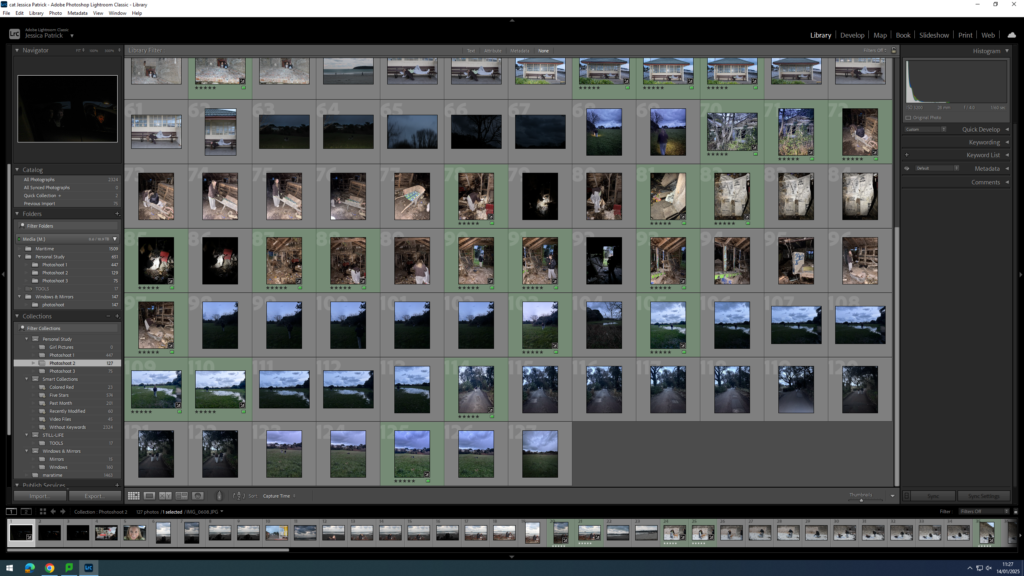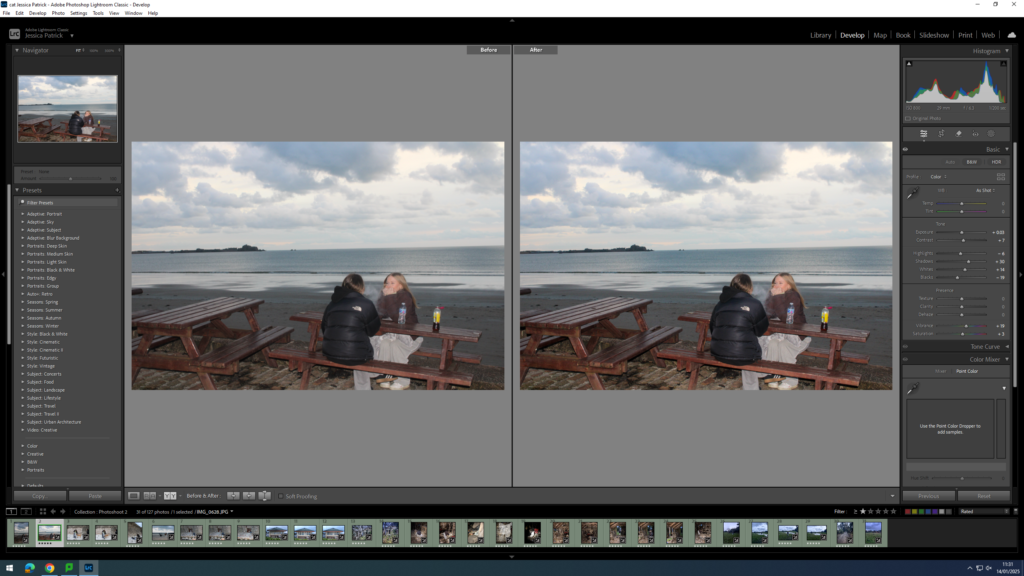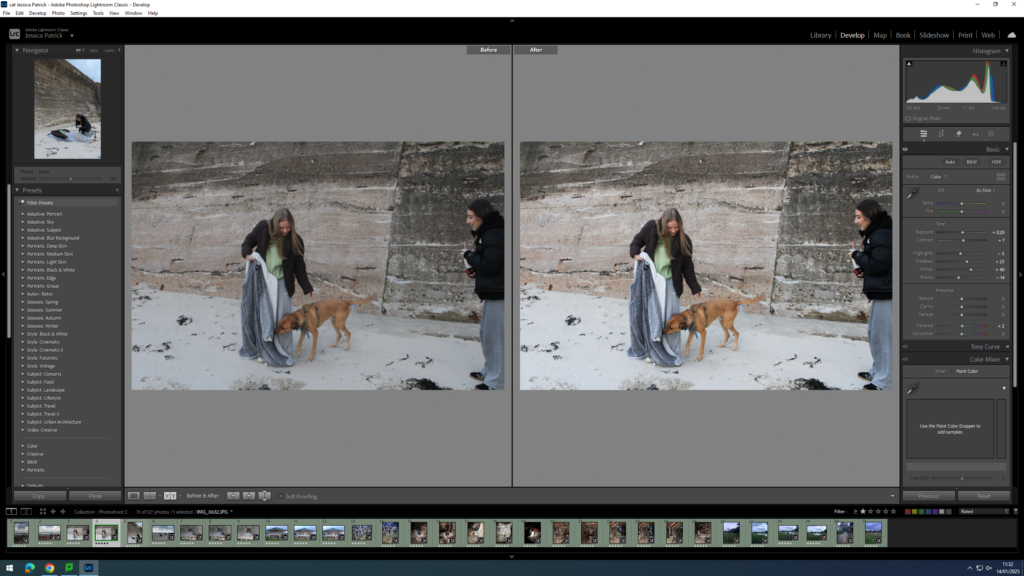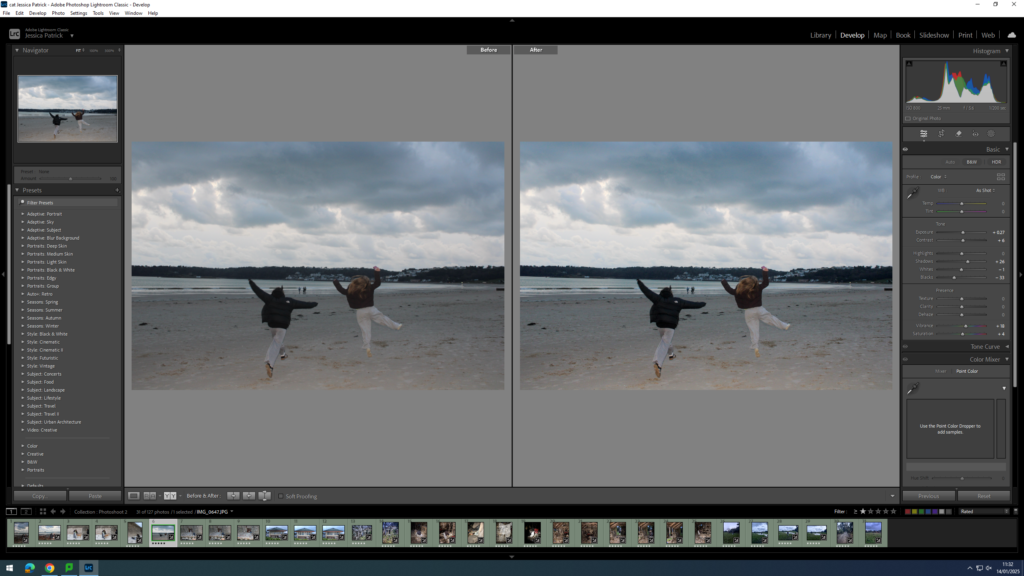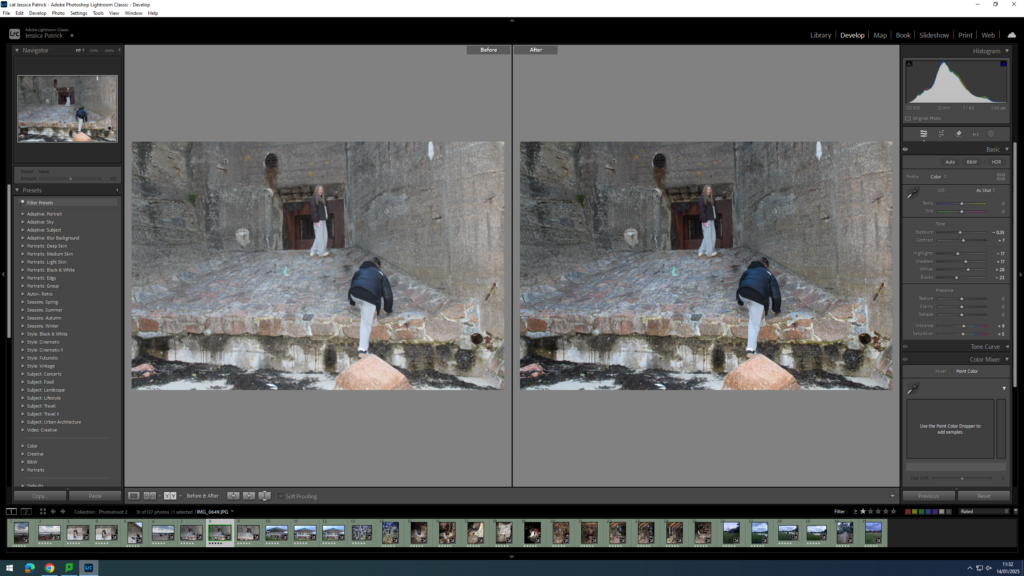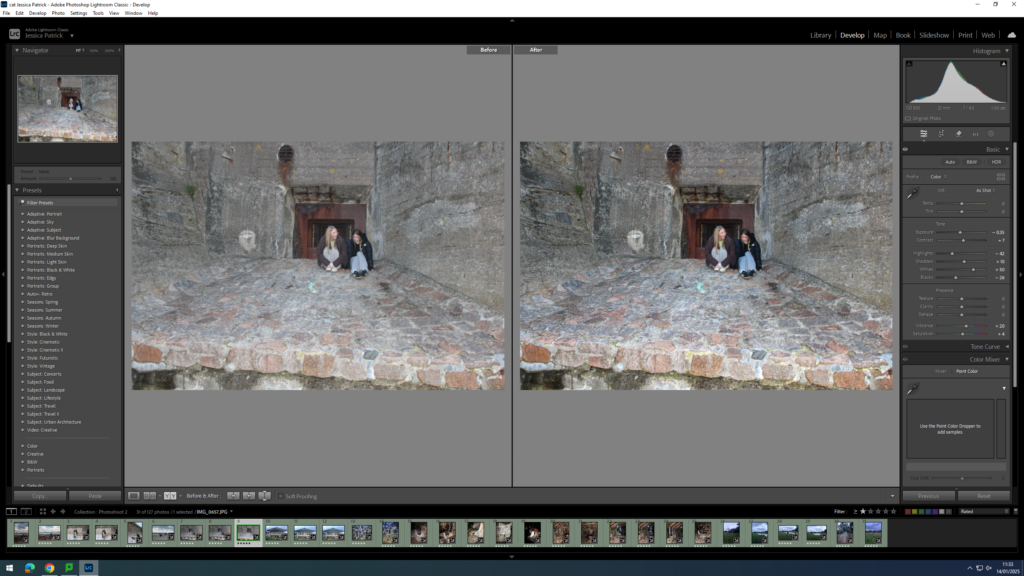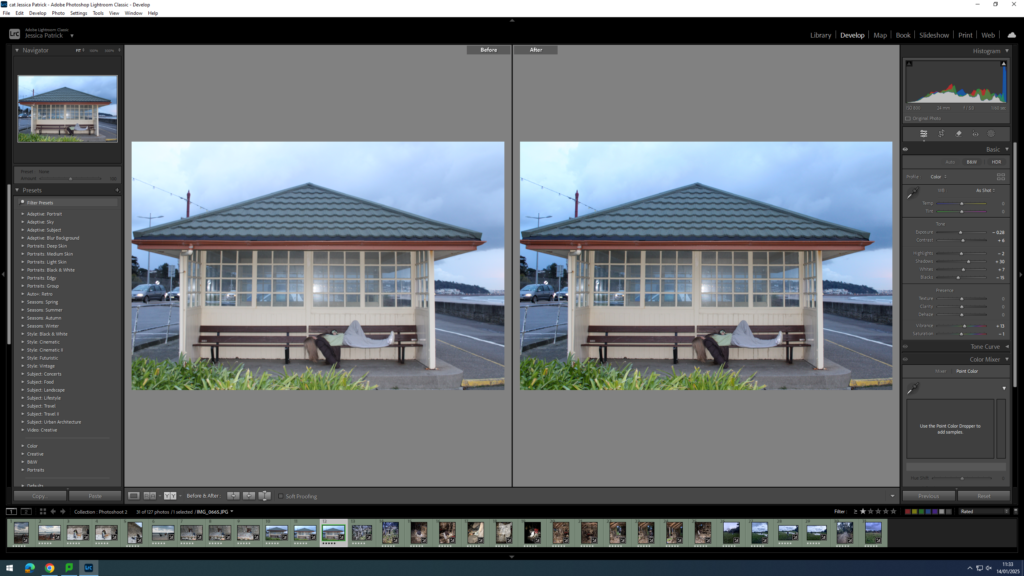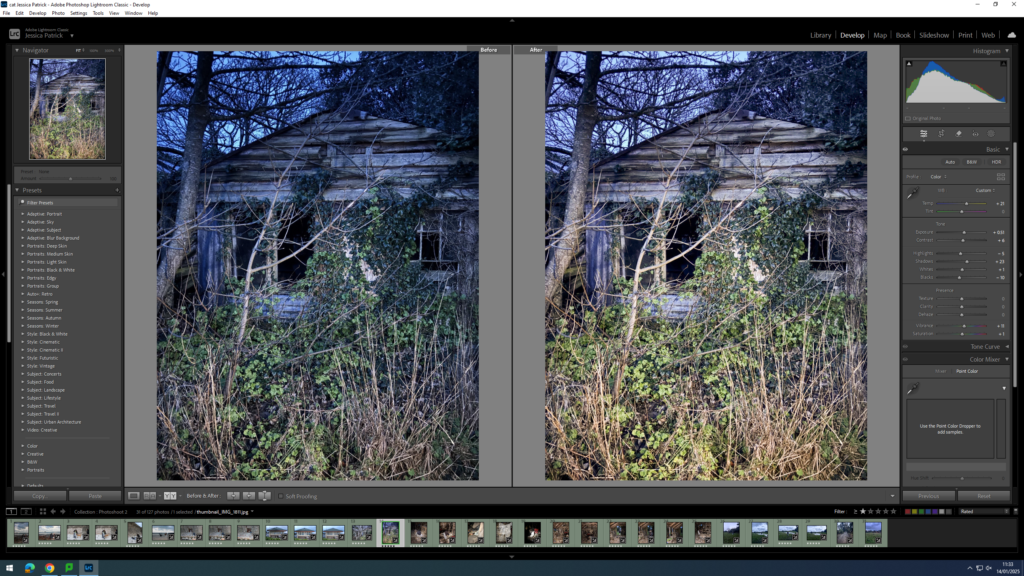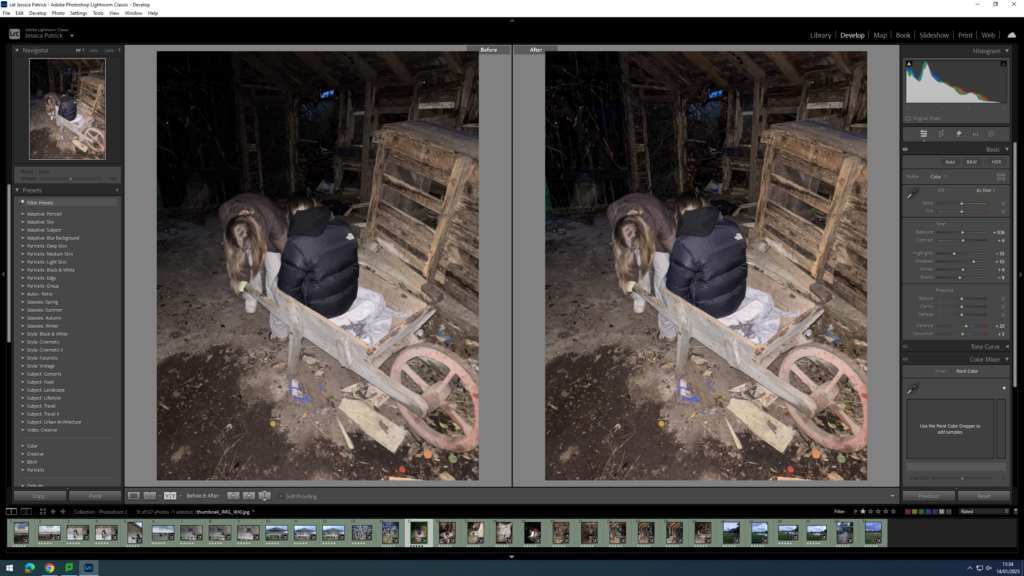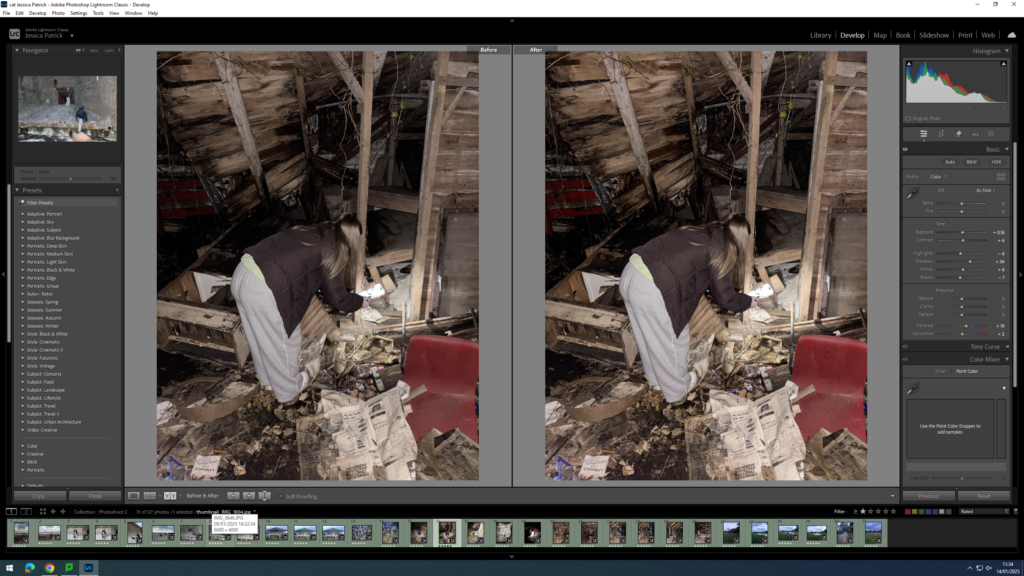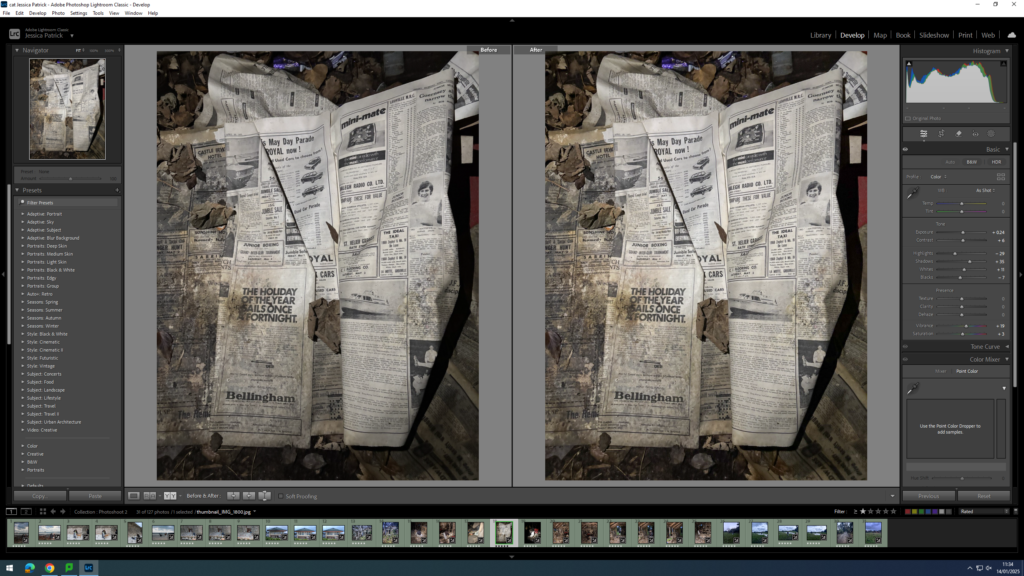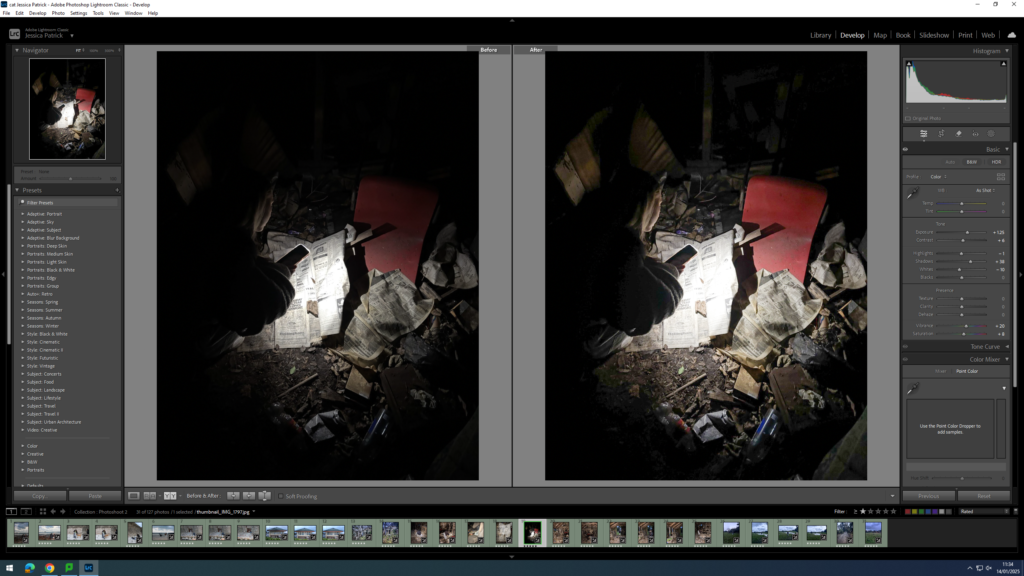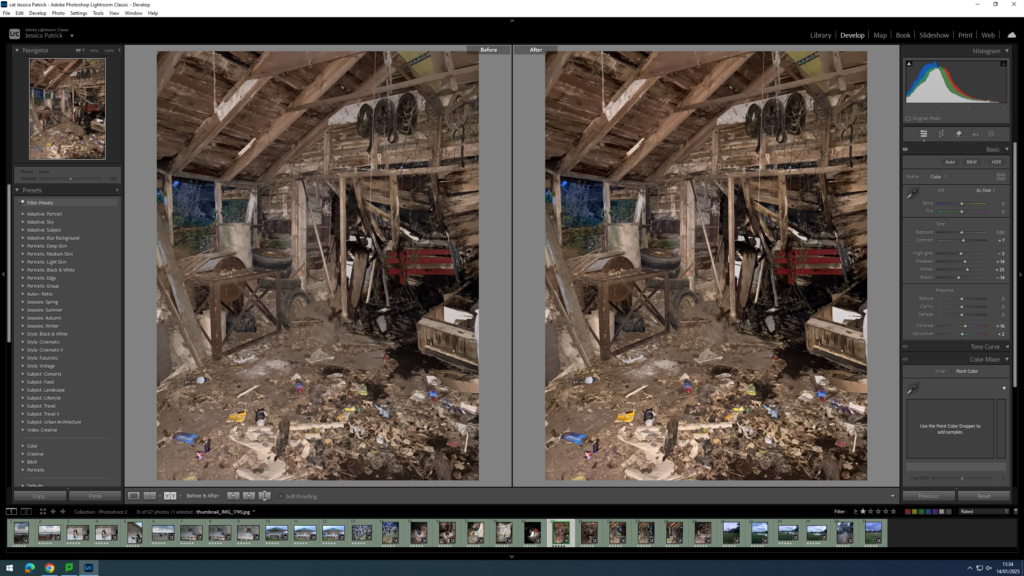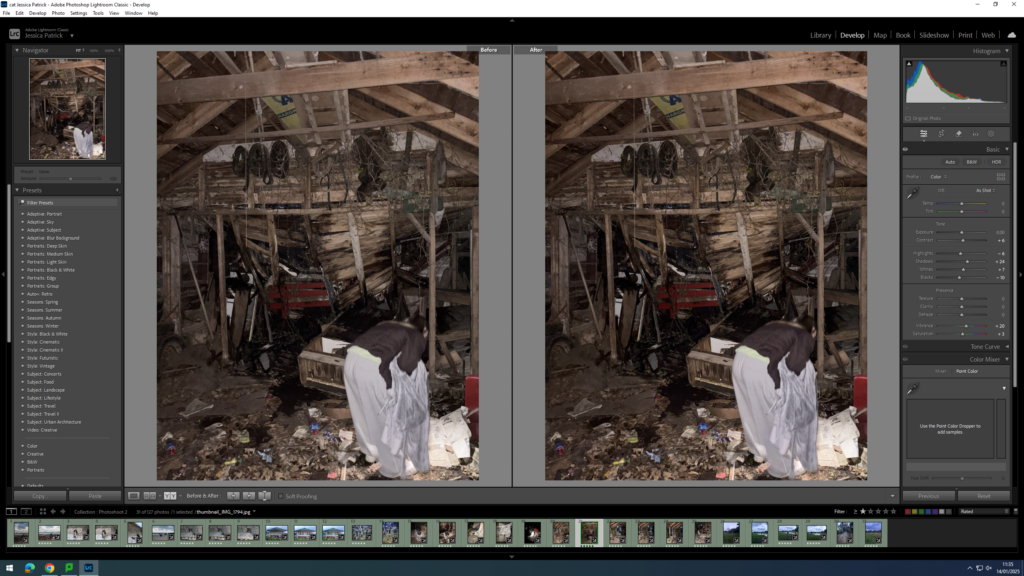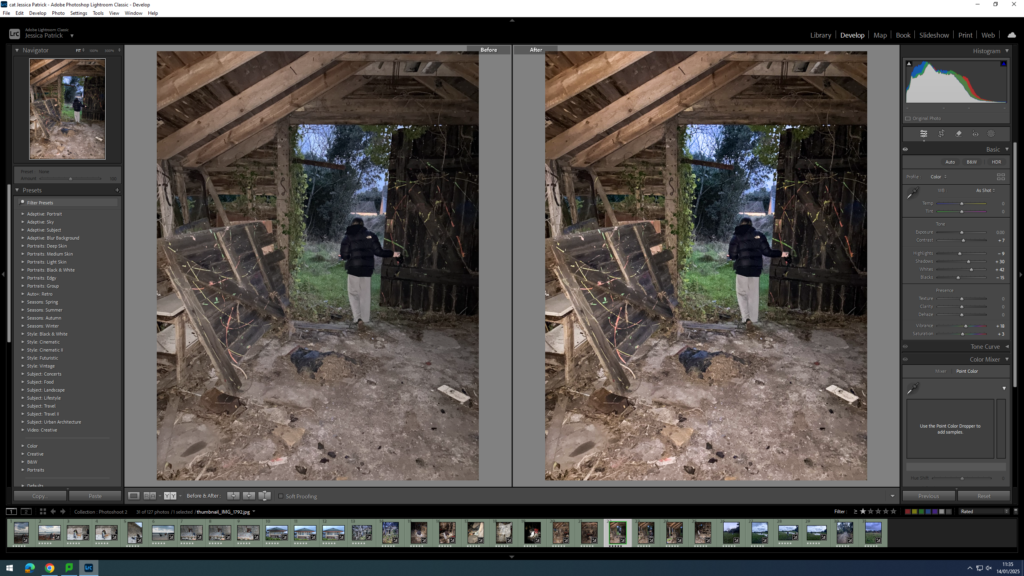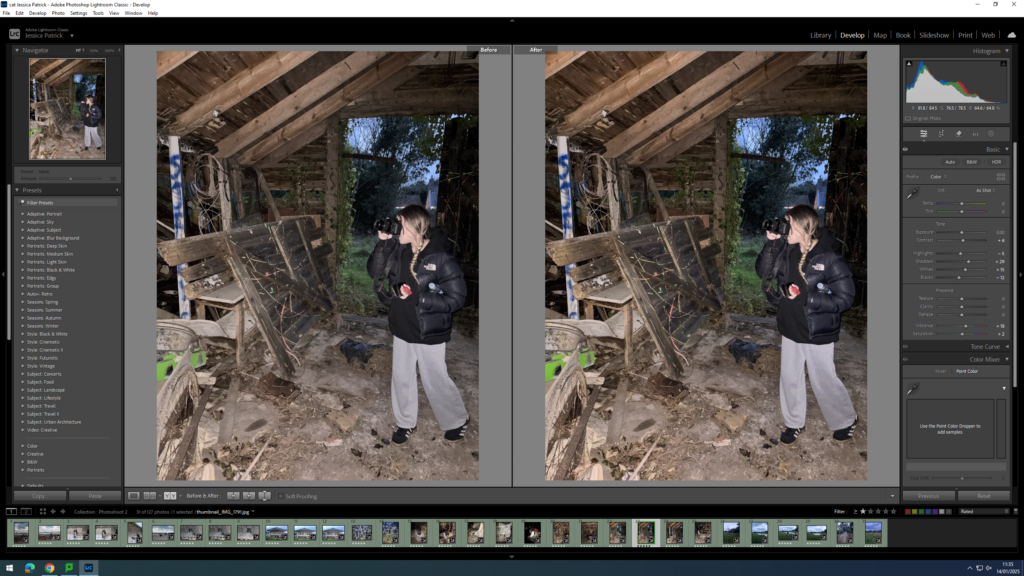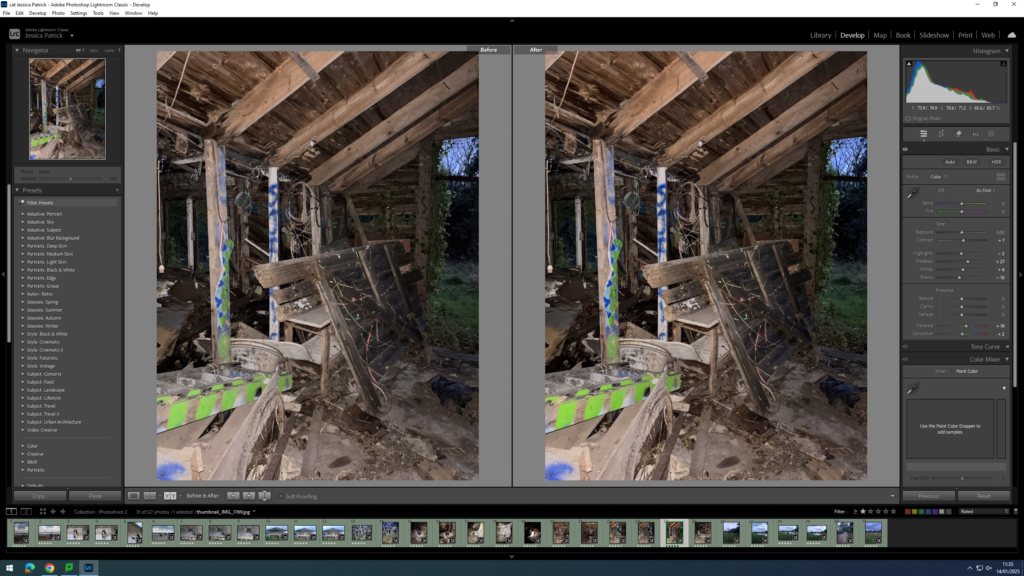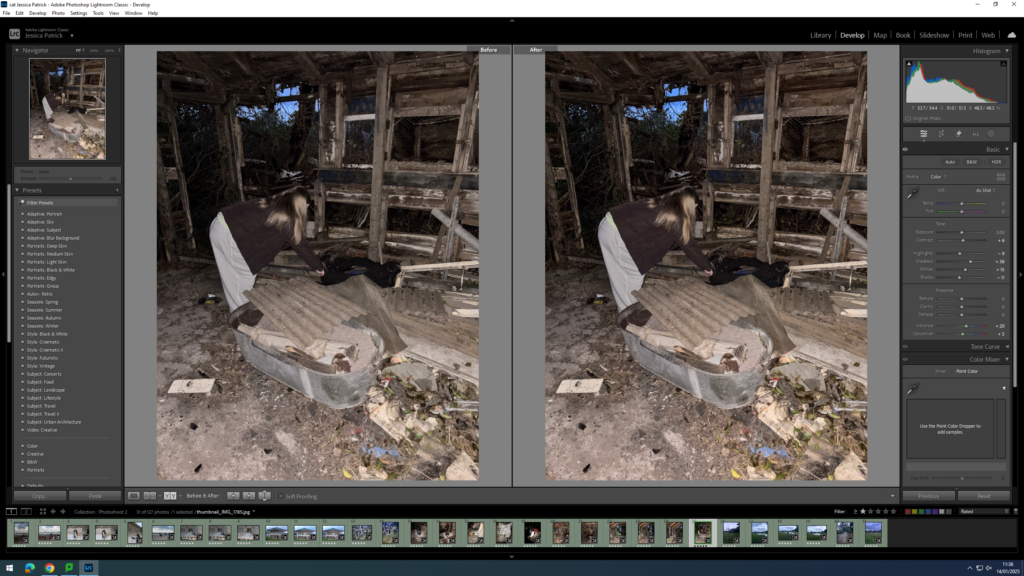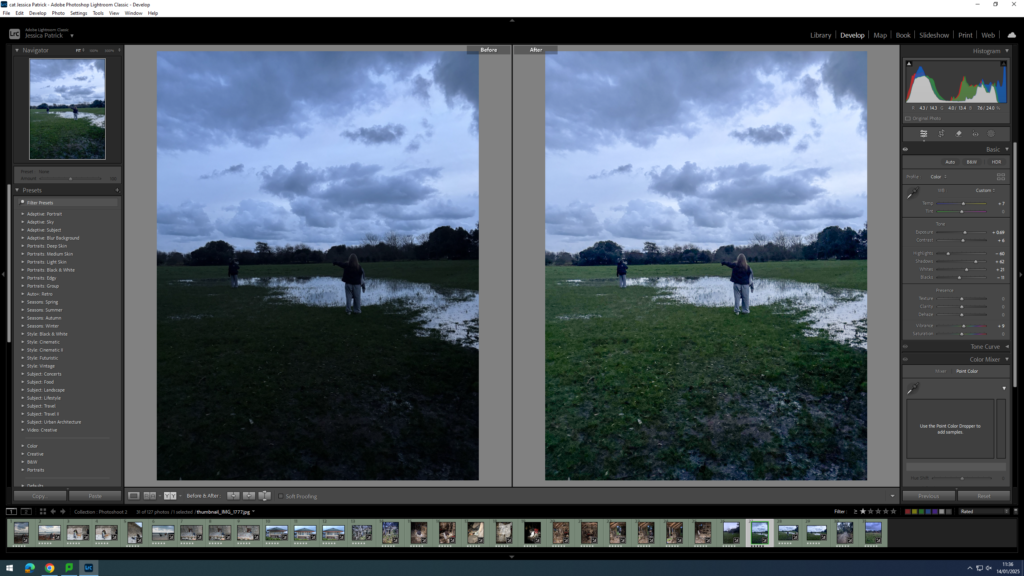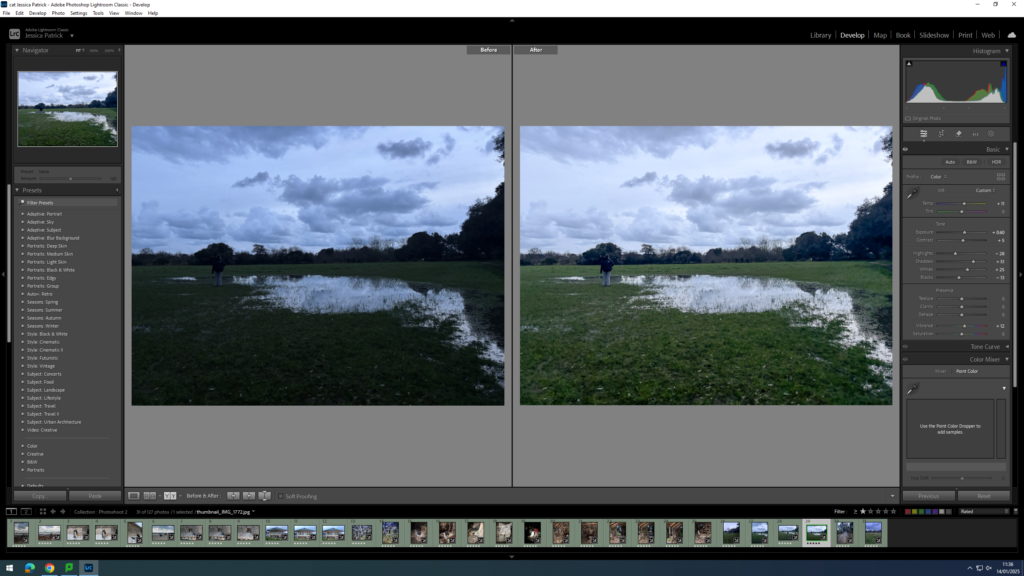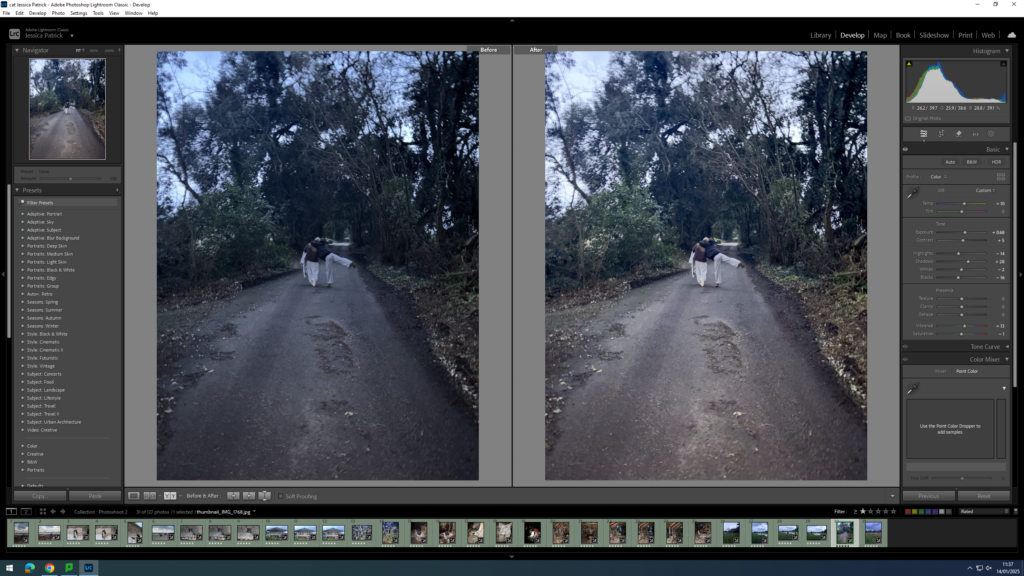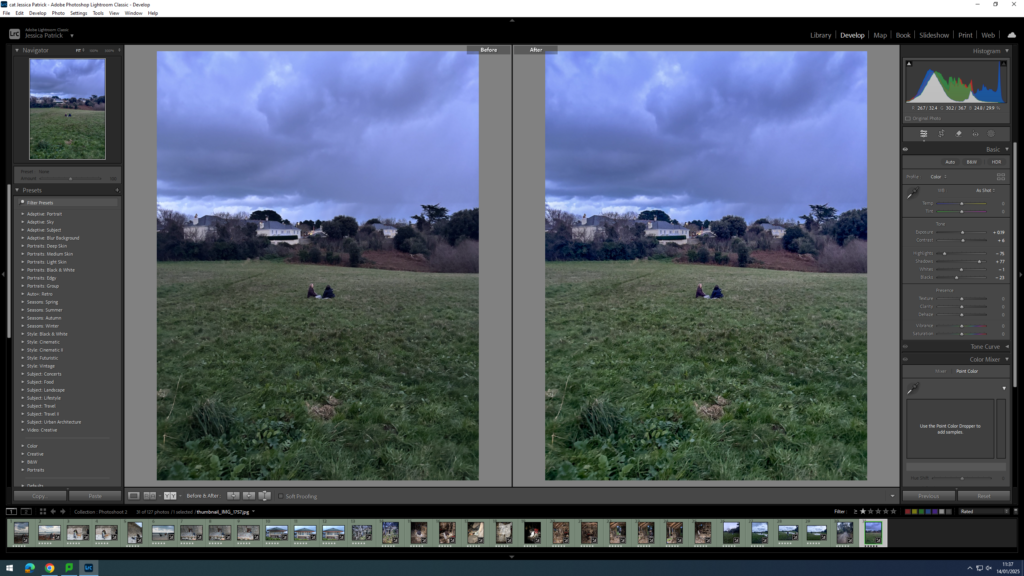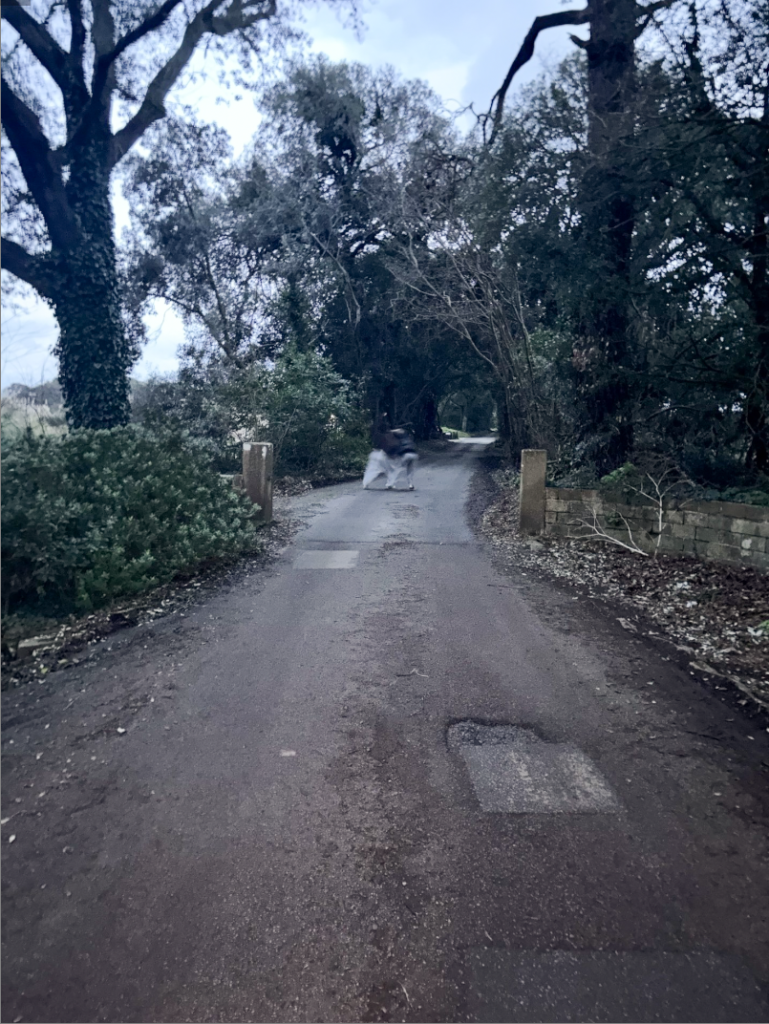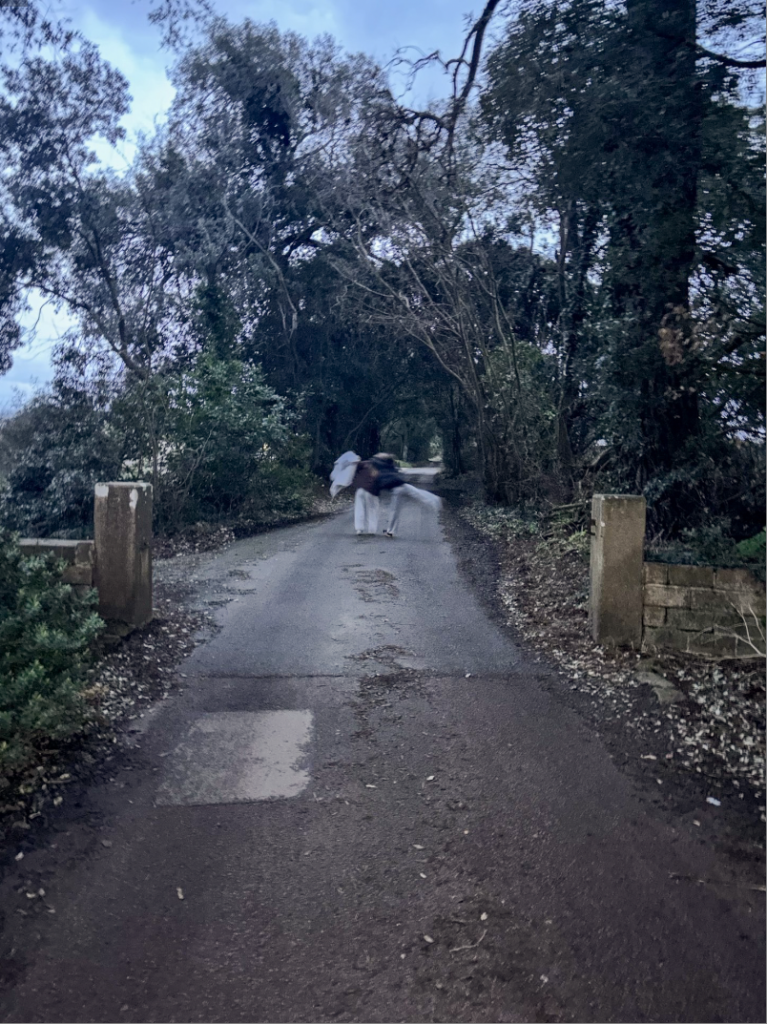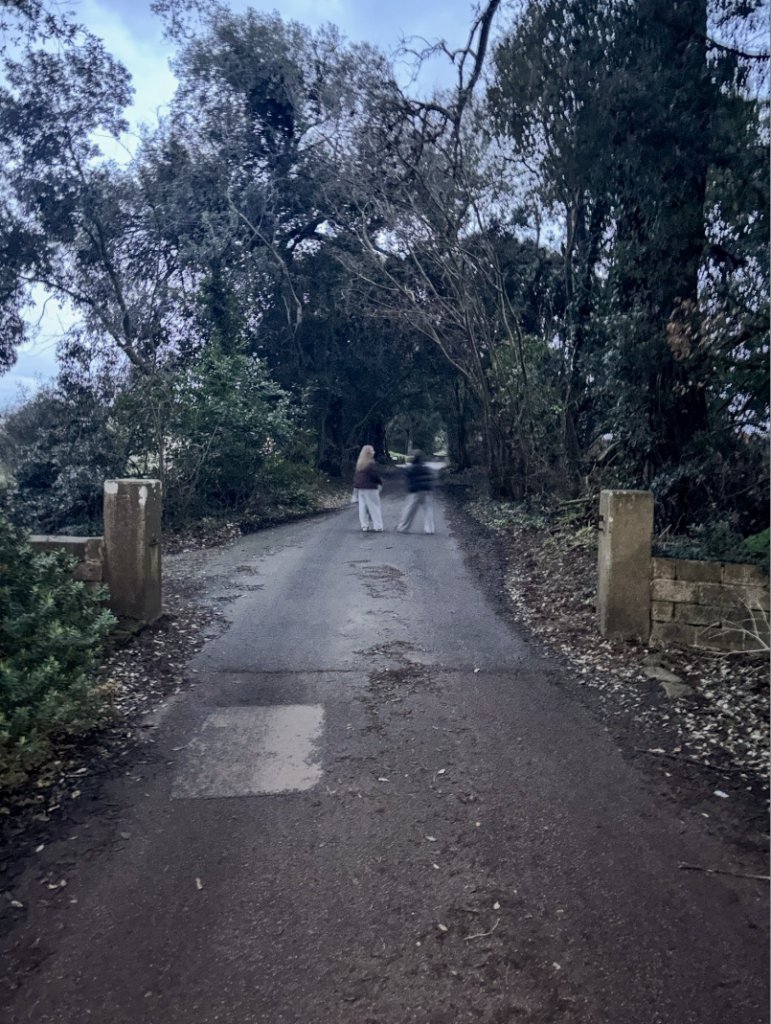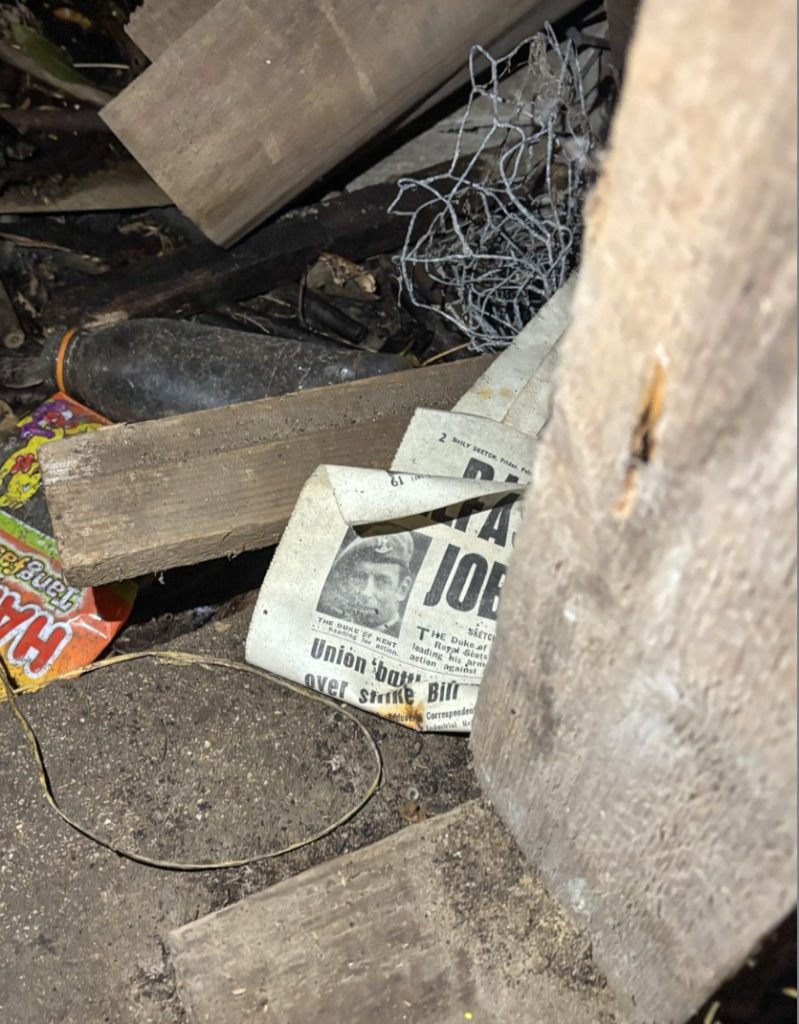I chose to research and observe ‘ Shrinking violet’ by Shannon O’ Donnell expressing female expectations around the house, and the traditional role of women. These photos surround the theme of feminism and the inspiration from her mother. From what I take from this, she decided to take her images of herself on her own, similarly to Sherman’s work, she stood the camera up and posed with the correct props and clothing such as kitchenware and a dress and heels. Although the subject is expressing and revealing herself as being the traditional role in the house like a housewife, O’ Donnell making it look like she took these herself in her house creates an element of independency which clearly differs to the key stereotypical features of a woman.
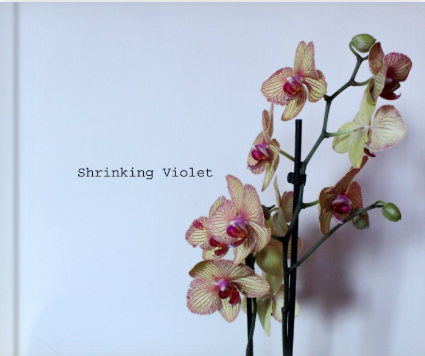
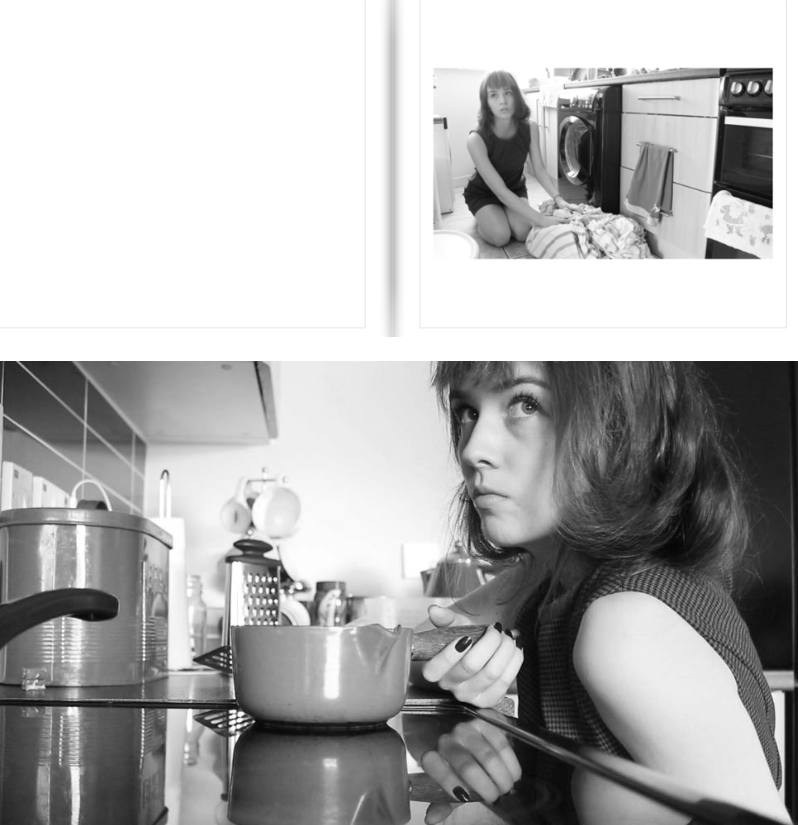
The photographer is Shannon O’Donnell who was inspired by her project of making a film of her mother, including documenting her daily life and her mothers role in the household. One of her main elements was to obtain sarcasm whilst mimicking the traditional housewife stereotype as gender defines everyone and at her belief, can be limiting at times. Her approach to image-making was to stage craft them herself and pose herself. The audience I would say is too target women specifically as it may motivate women who face inequality to this day and definitely expresses a narrative surrounding the theme of women. However, she was massively inspired by Cindy Sherman’s book ‘Retrospective’. Her collection ‘retrospective’ is at the Museum of Modern Art. For a time Cindy Sherman, Troy Brauntuch, Jack Goldstein, Sherrie Levine, and Robert Longo shared a Soho gallery. Did they ignite “The Pictures Generation”? Recalling a long tradition of self-portraiture and theatrical role-playing in art, Sherman utilises the camera and the various tools of the everyday cinema, such as makeup, costumes, and stage scenery, to recreate common illusions, or iconic “snapshots,” that signify various concepts of public celebrity, self-confidence, sexual adventure, entertainment, and other socially sanctioned, existential conditions. As though they constituted only a first premise, however, these images promptly begin to unravel in various ways that suggest how self-identity is often an unstable compromise between social dictates and personal intention.
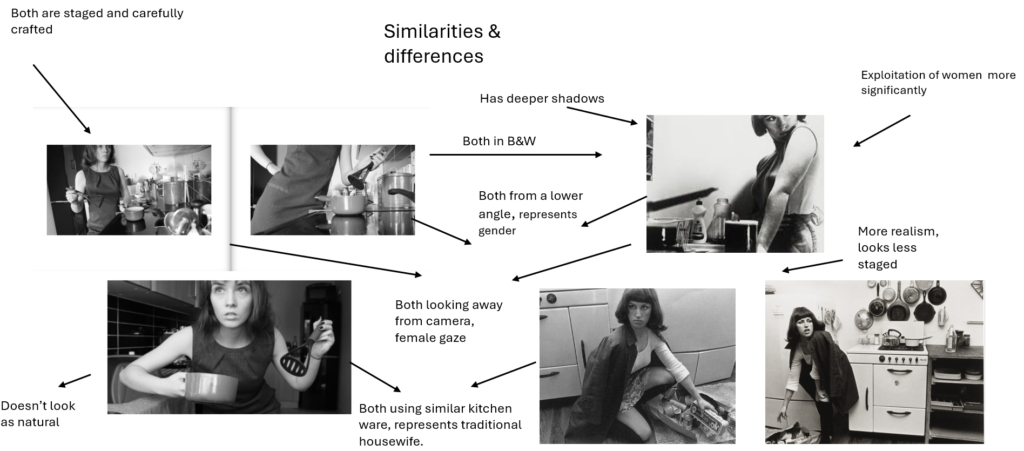
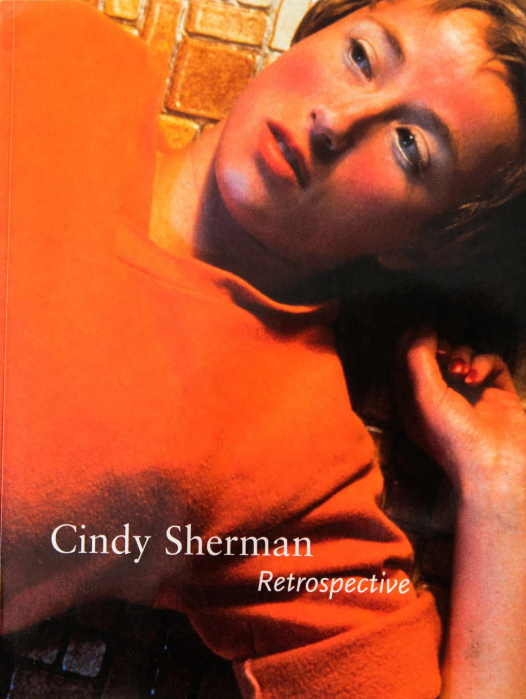
Cindy Sherman is a contemporary master of socially critical photography. She is a key figure of the “Pictures generation,” a loose circle of American artists who came to artistic maturity and critical recognition during the early 1980s, a period notable for the rapid and widespread proliferation of mass media imagery. At first painting in a super-realist style in art school during the aftermath of American Feminism, Sherman turned to photography toward the end of the 1970s in order to explore a wide range of common female social roles, or personas. Sherman sought to call into question the seductive and often oppressive influence of mass-media over our individual and collective identities. Turning the camera on herself in a game of extended role-playing of fantasy Hollywood, fashion, mass advertising, and “girl-next-door” roles and poses, Sherman ultimately called her audience’s attention to the powerful machinery and make-up that lay behind the countless images circulating in an incessantly public, “plugged in” culture. Sexual desire and domination, the fashioning of self-identity as mass deception, these are among the unsettling subjects lying behind Sherman’s extensive series of self-portraiture in various guises. Sherman’s work is central in the era of intense consumerism and image proliferation at the close of the 20th century.
Maturing in the 1970s in the midst of the American Womens’ Movement, later known as the rise of Feminism, Sherman and her generation learned to see through mass media cliches and appropriate them in a satirical and ironic manner that made viewers self conscious about how artificial and highly constructed “female portraiture” could prove on close inspection.
Some critics criticize Sherman’s Film Stills for catering to the male gaze and perpetuating the objectification of women. Others, understand Sherman’s approach as critically-ironic parody of female stereotypes. Others still, assert that both cases are simultaneously true, with Sherman knowingly taking on stereotypical female roles in order to question their pervasiveness. At the same time her adoption of these roles inevitably leads her to be objectified further.
However, Sherman claims not to be a feminist which slightly changes the narrative.
“The work is what it is and hopefully it’s seen as feminist work, or feminist-advised work, but I’m not going to go around espousing theoretical bullshit about feminist stuff.”
This slightly changes the narrative as it forces viewers to question, what was the purpose? and who was the audience targeted? Sherman’s photography is a depiction of the different ways culture defines “woman.” Her art plays on the feminist idea that gender arises exclusively within culture and deconstructs dominant gender ideologies, representing the underside of popular culture’s definition of “woman.”
Sherman recognizes those fixed identity concepts surrounding women, and she parodies the construction process and form of these symbolic myths, suggesting the possibility of women’s self-authorization in reality.
I personally like how it is a paper back however I prefer Shannon’s ‘ Shrinking violet’ being a hard back as it is more aesthetically pleasing. Sherman’s book is A4 where as Shannon’s is landscape, Sherman’s being portrait. Based off my images, I would typically decide portrait. Sherman’s book has 219 pages with lots of different collections. A lot of her images are in black and white, however her more modern images are in colour and are more unique ” Deconstructing a woman”. Whereas, Shannon’s are all in black and white. Shannon’s title being ‘Shrinking violet’ is rather poetic whereas Sherman’s is purely factual and based off her. I personally rather poetic titles as every individual can interpret it differently to them.
Both books effectively show a narrative and successful story telling within the same theme of women. Overall, they are very similar but at the same time different.


